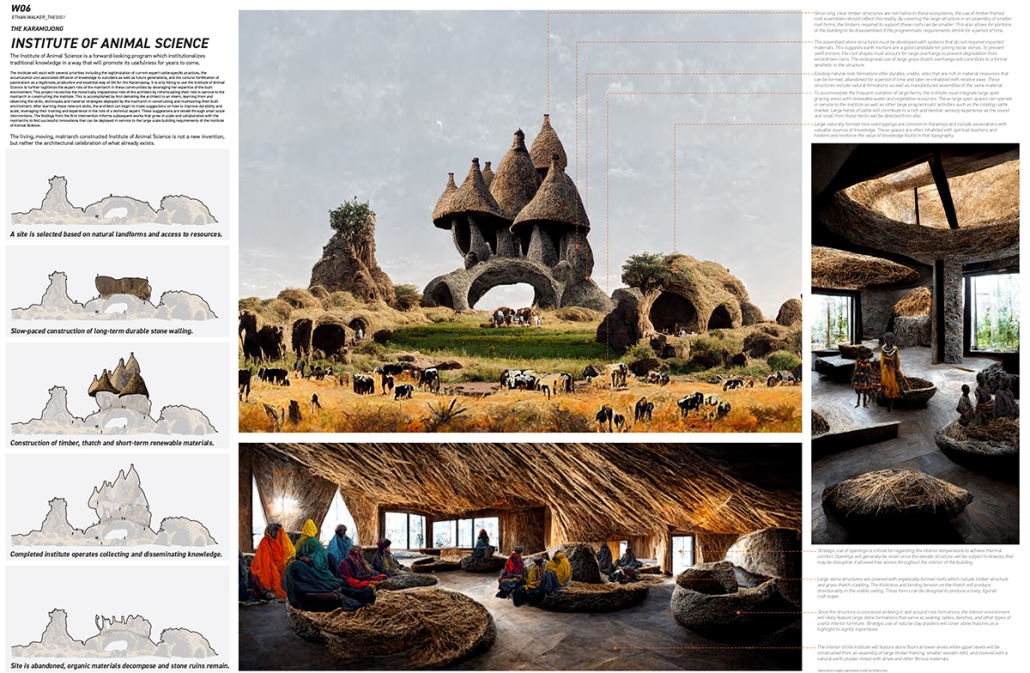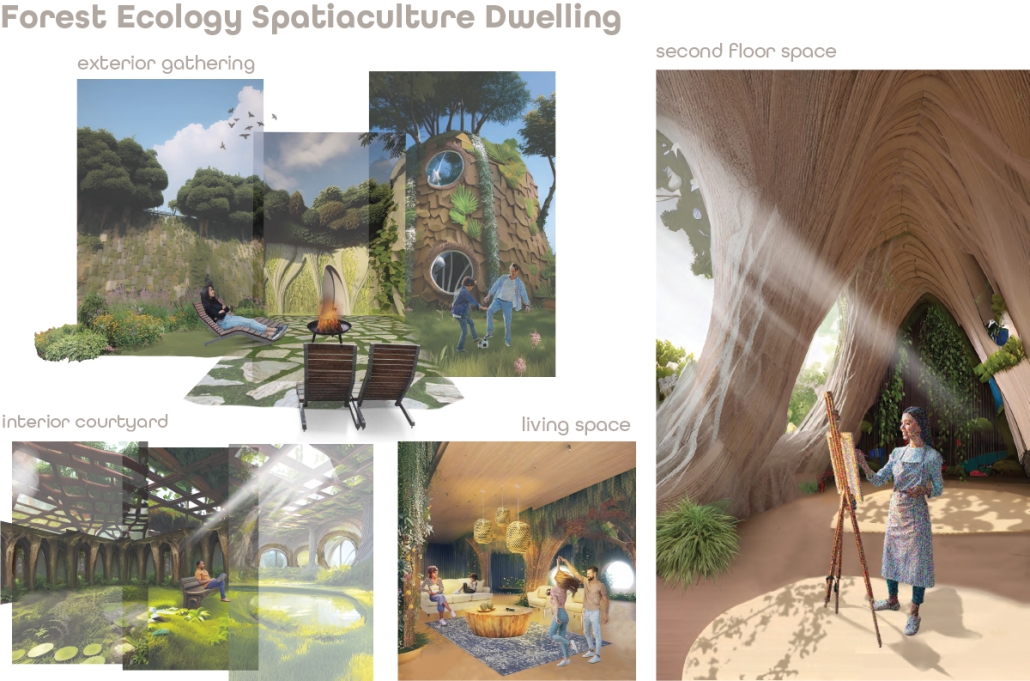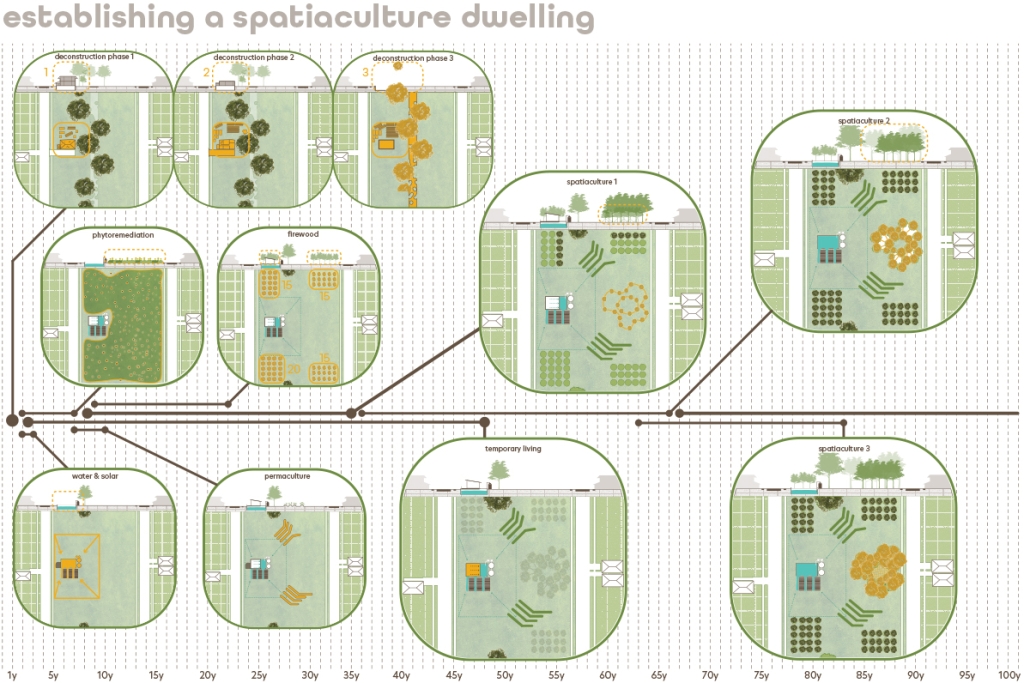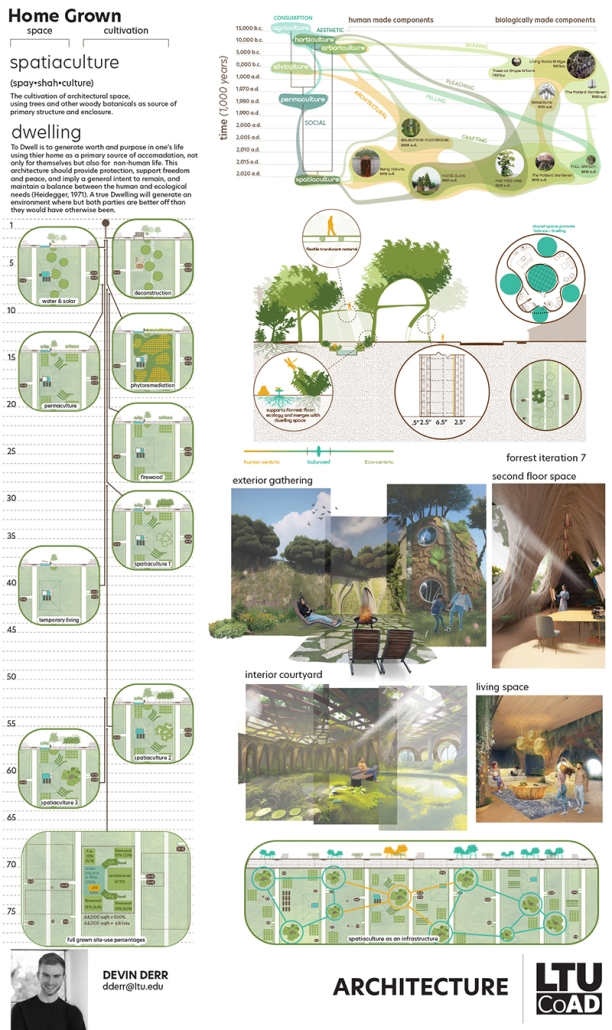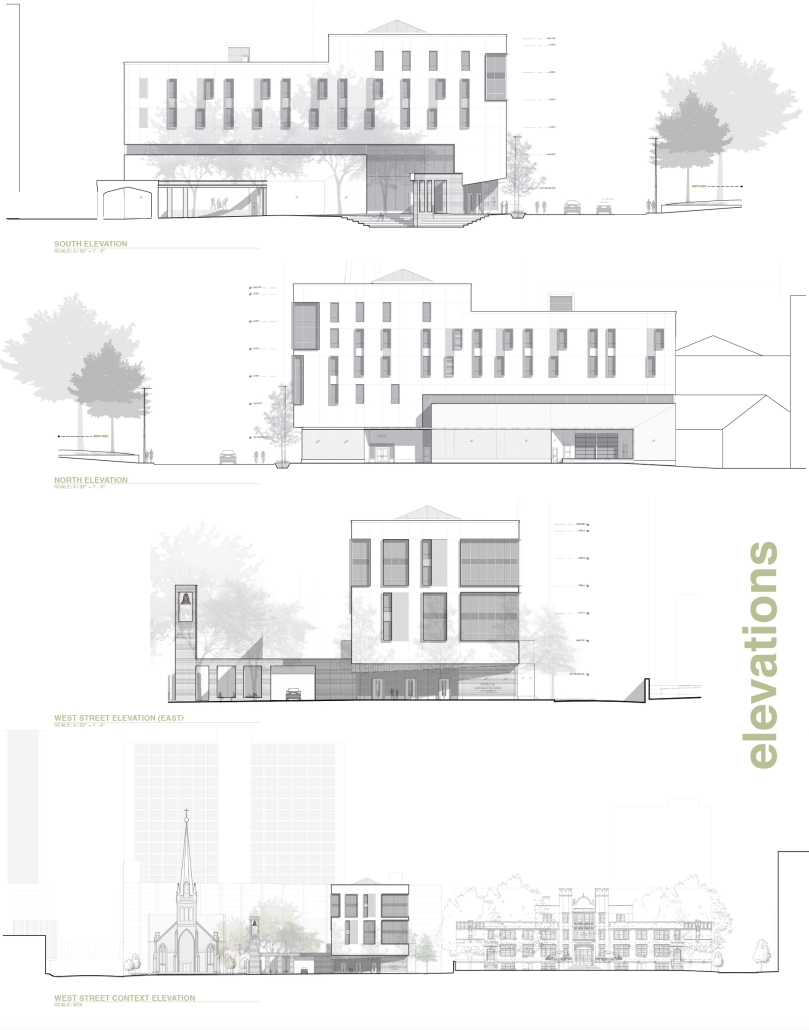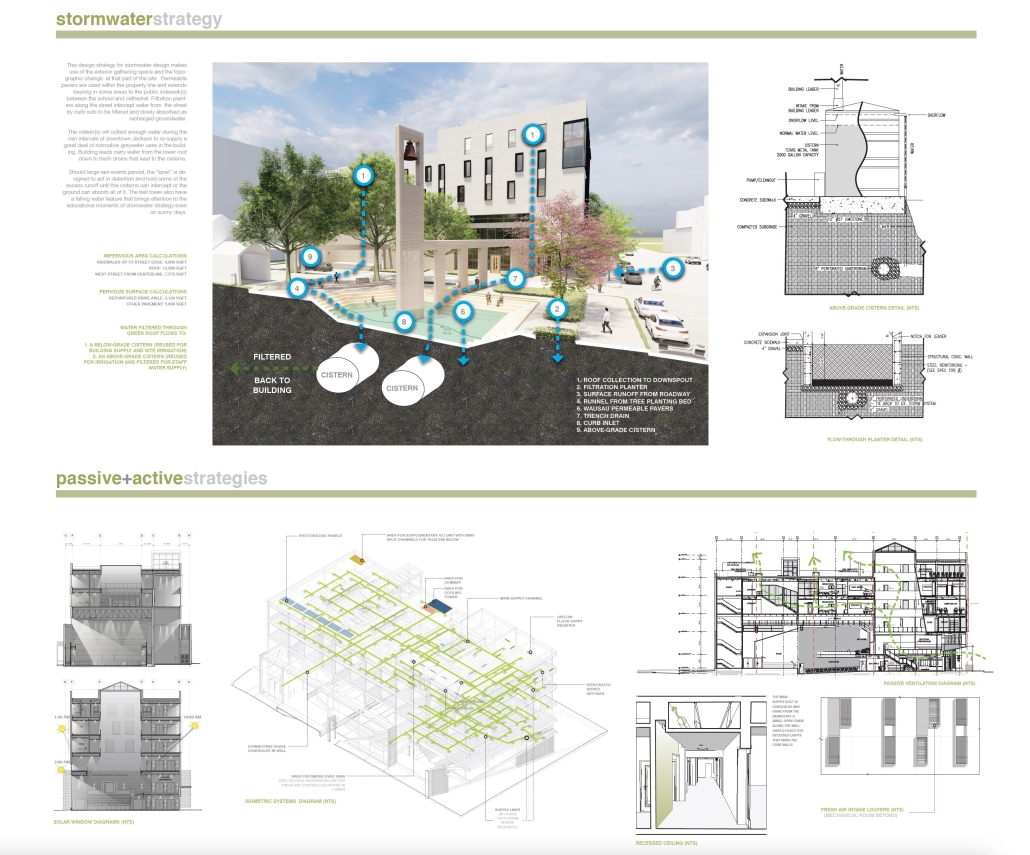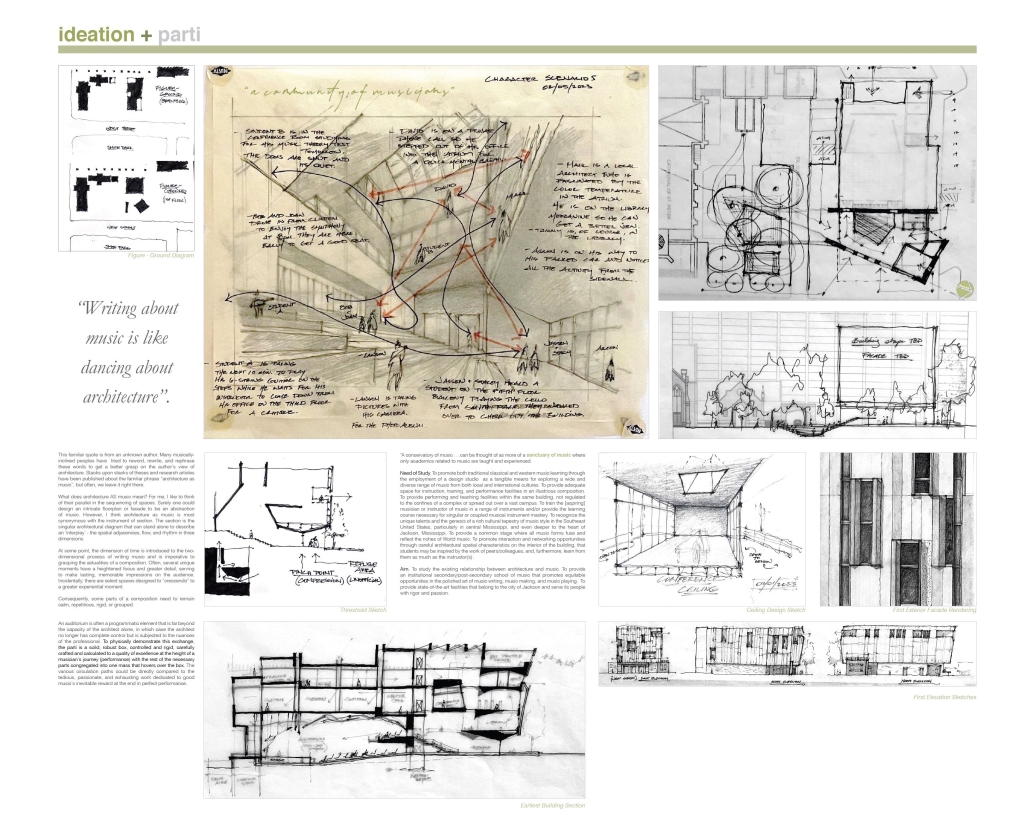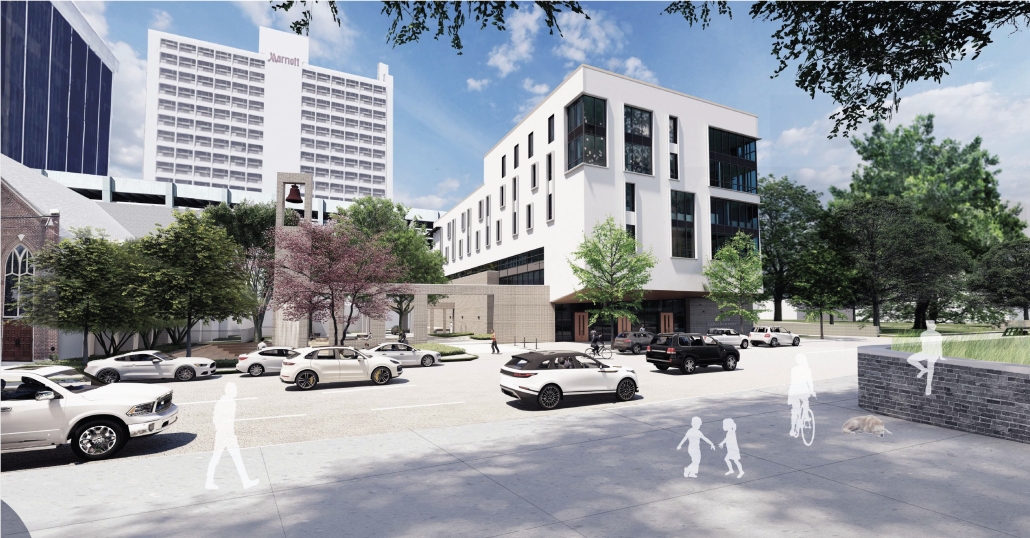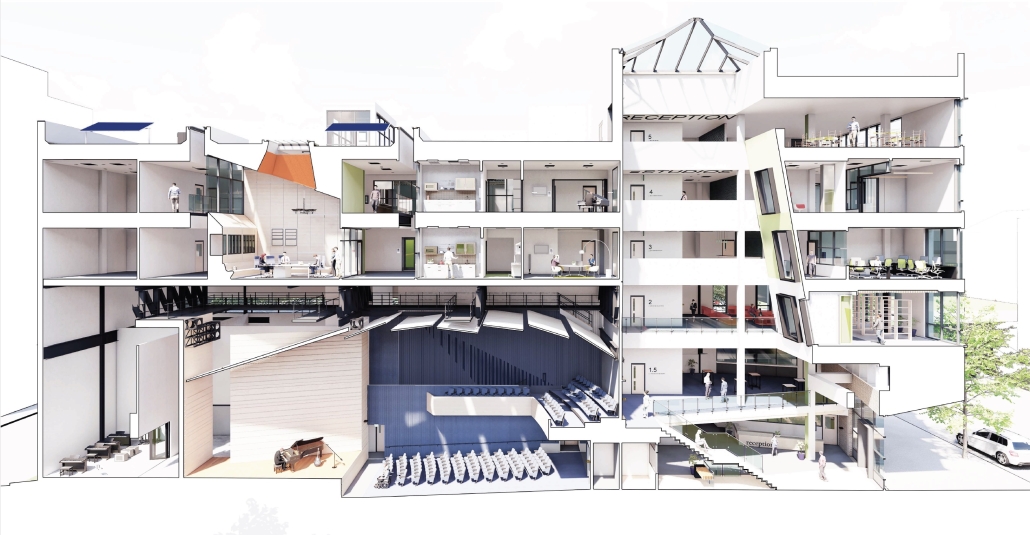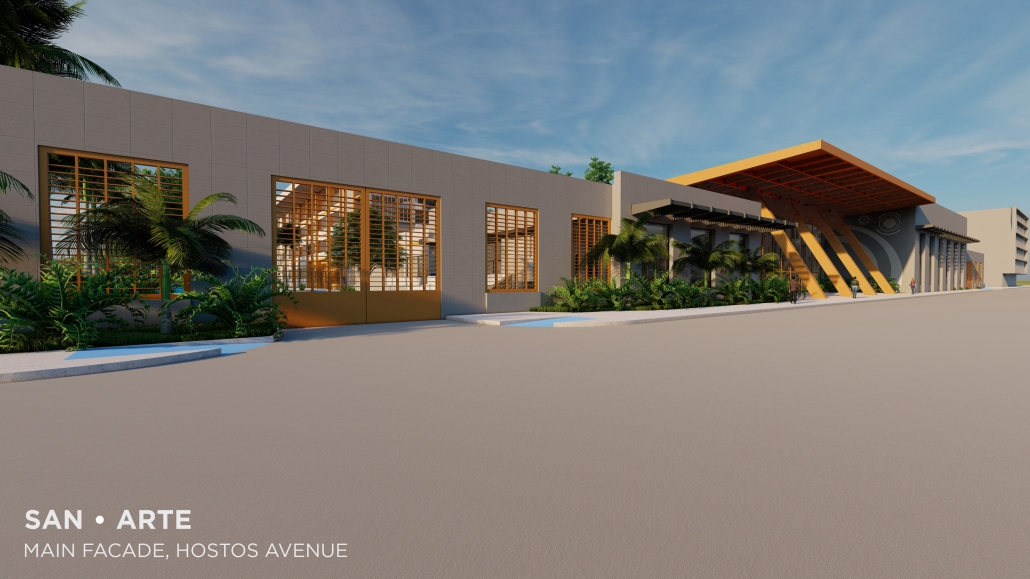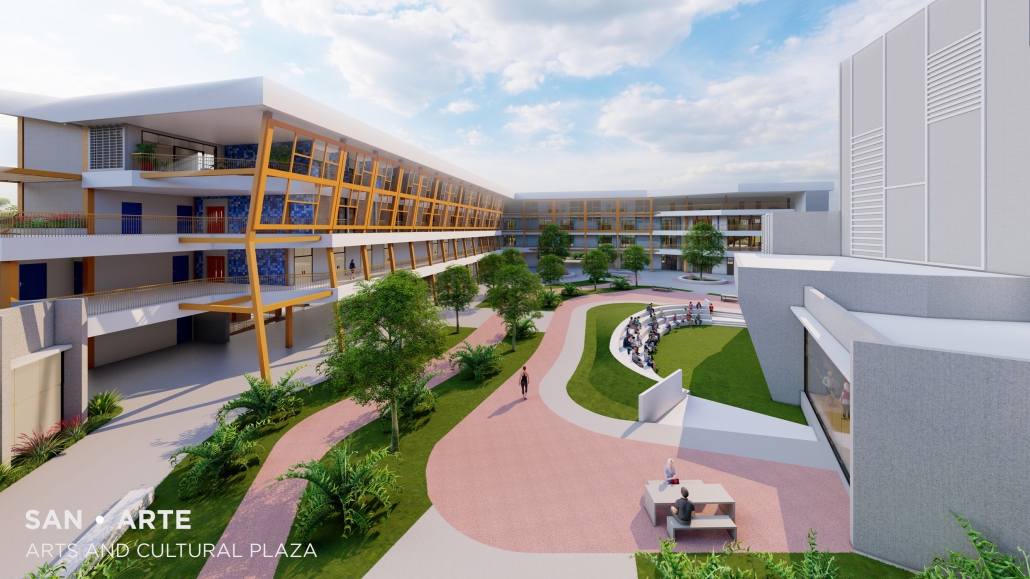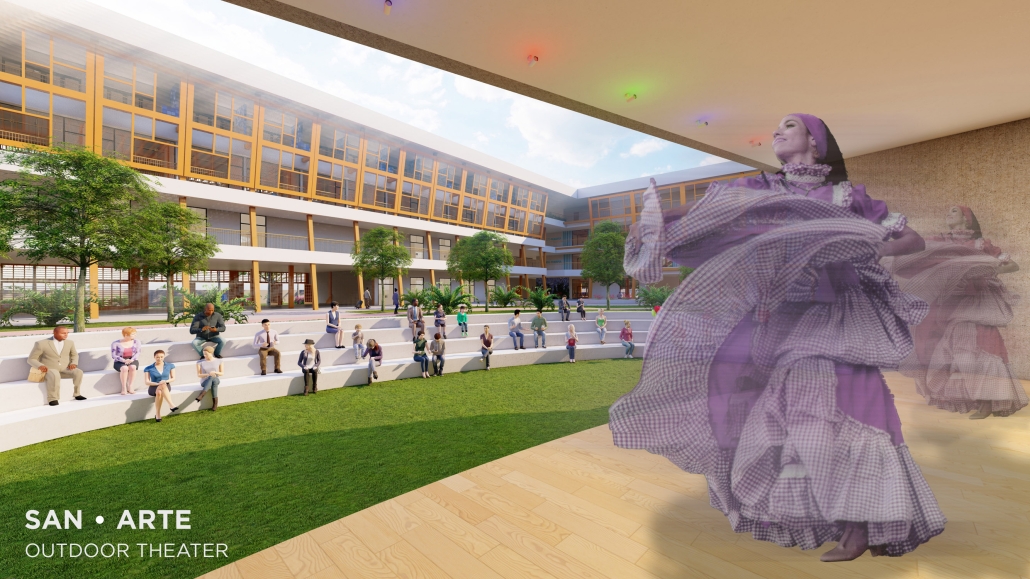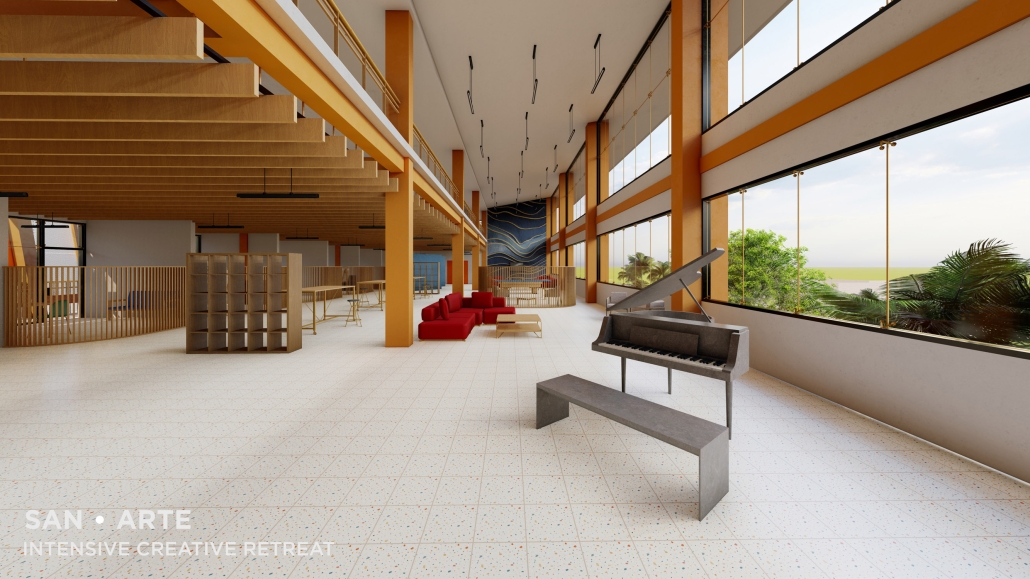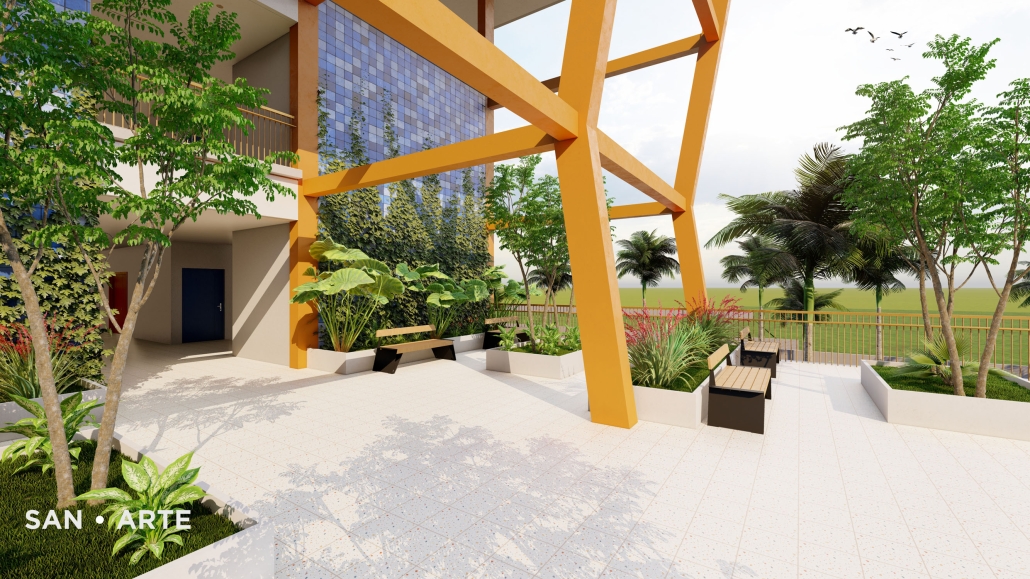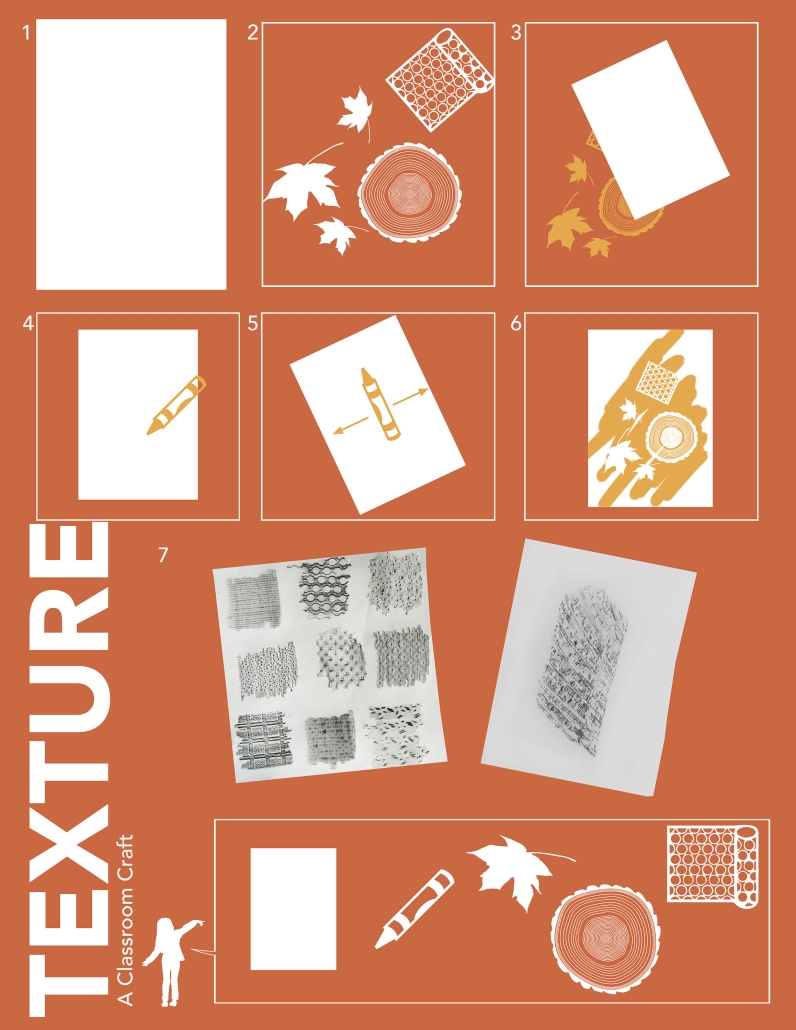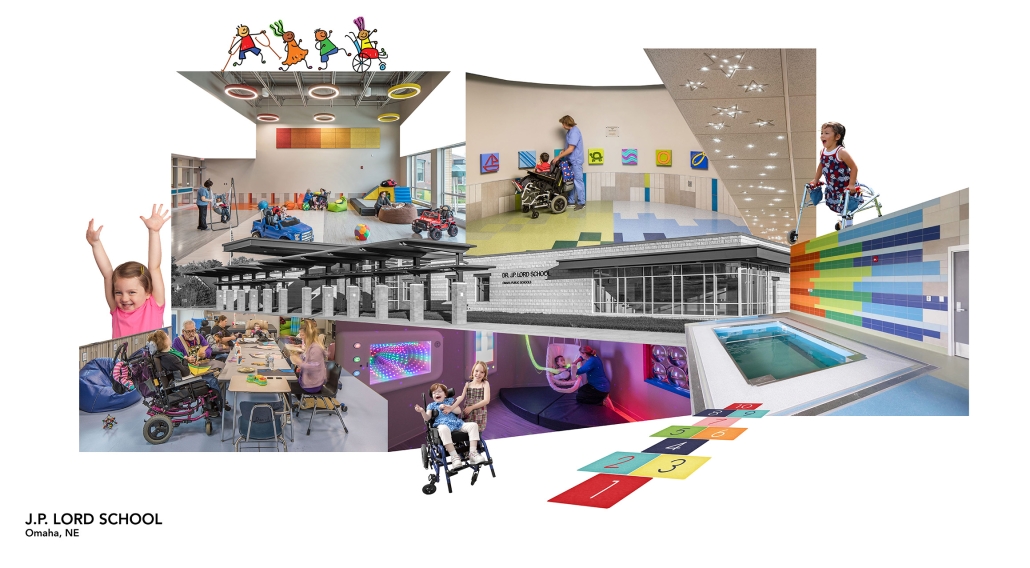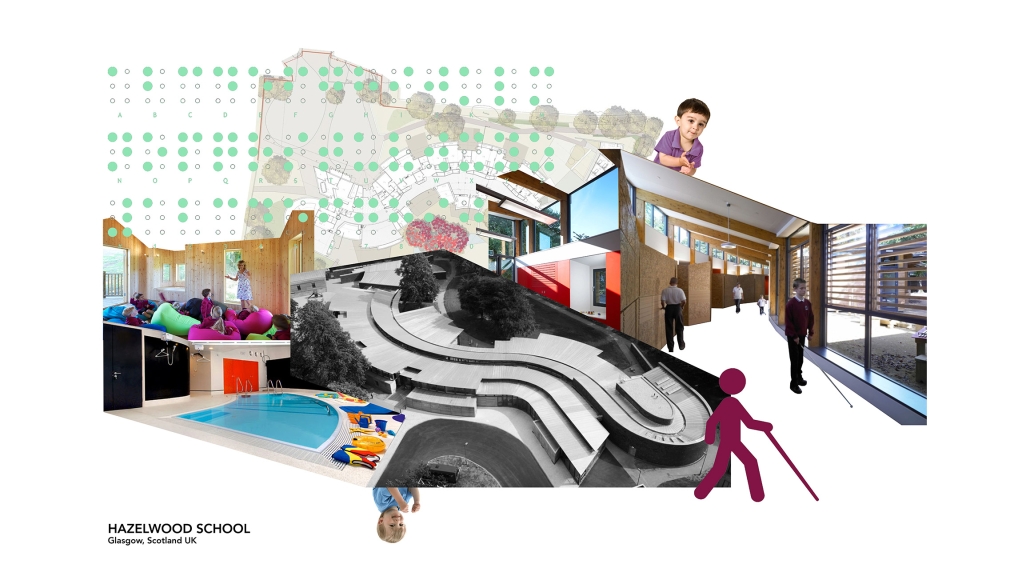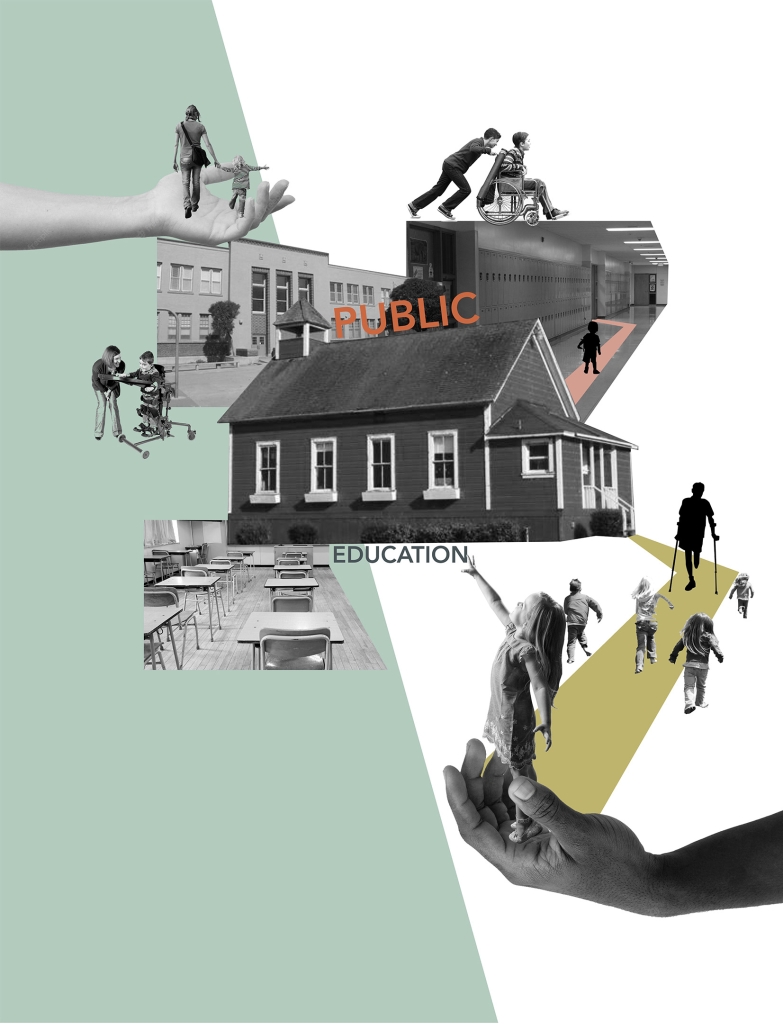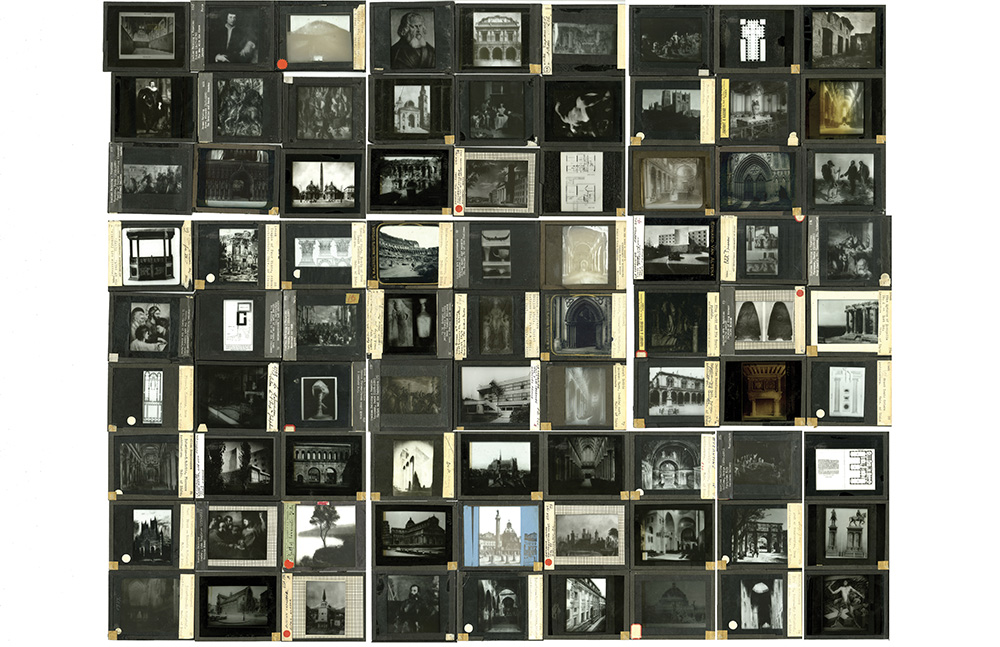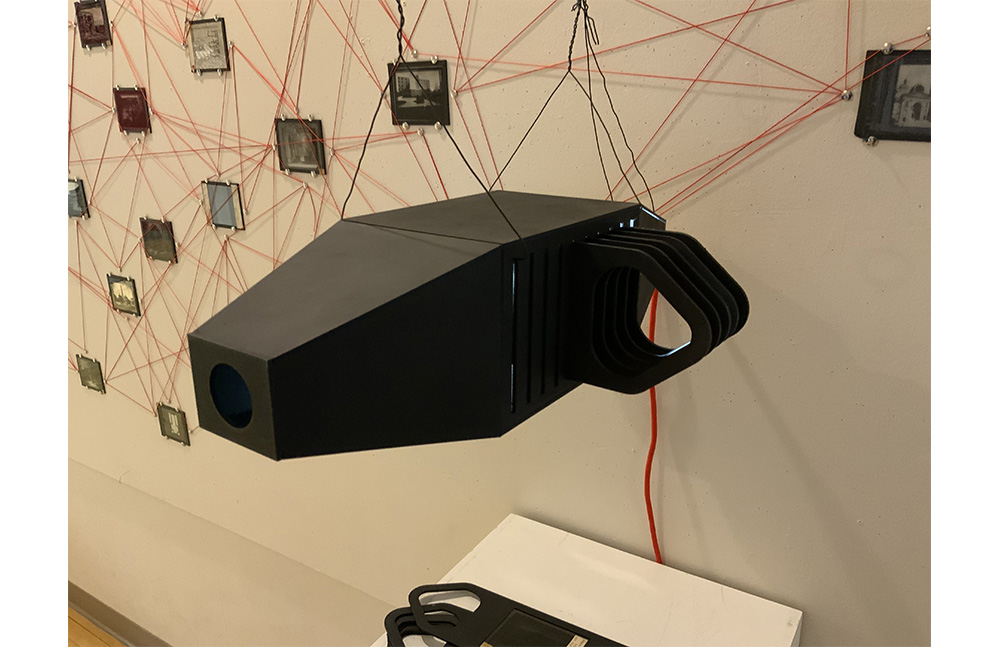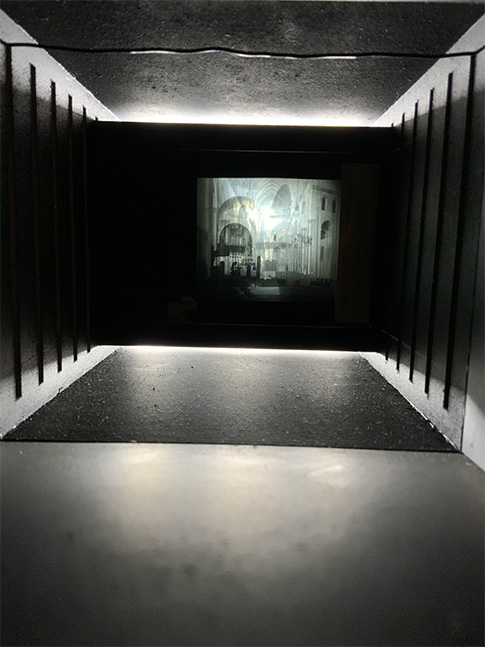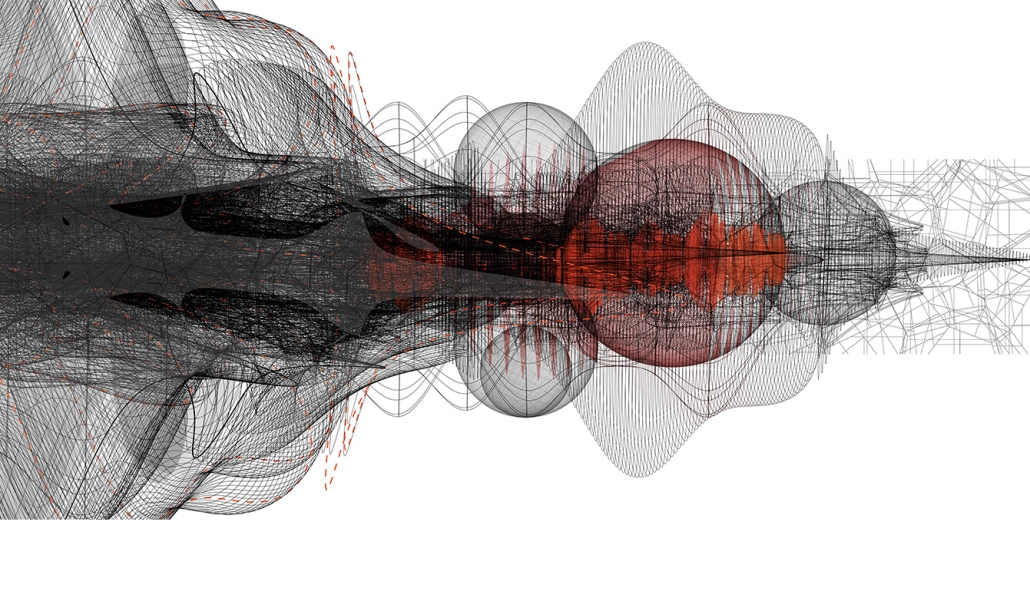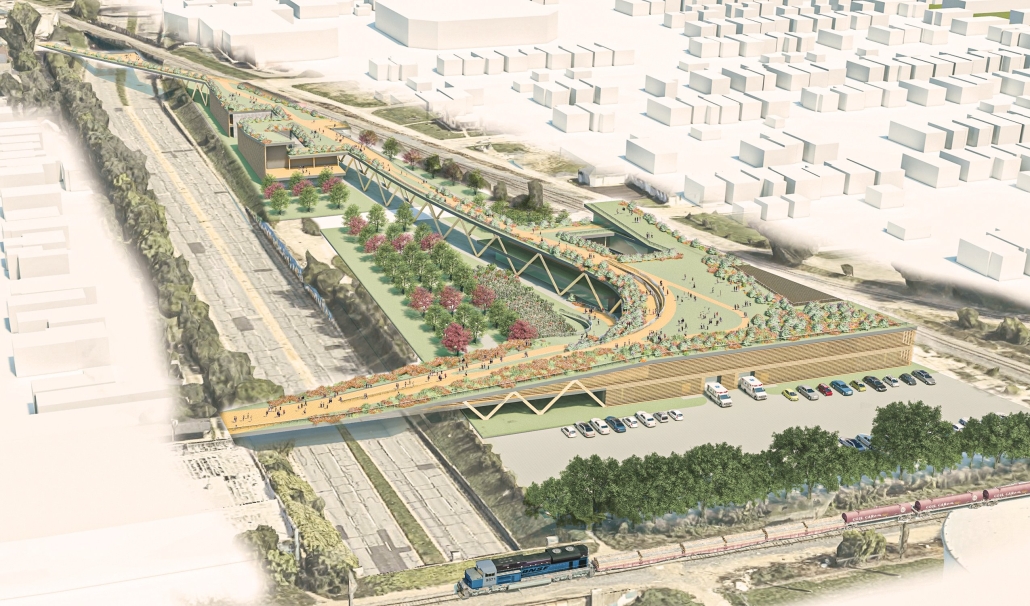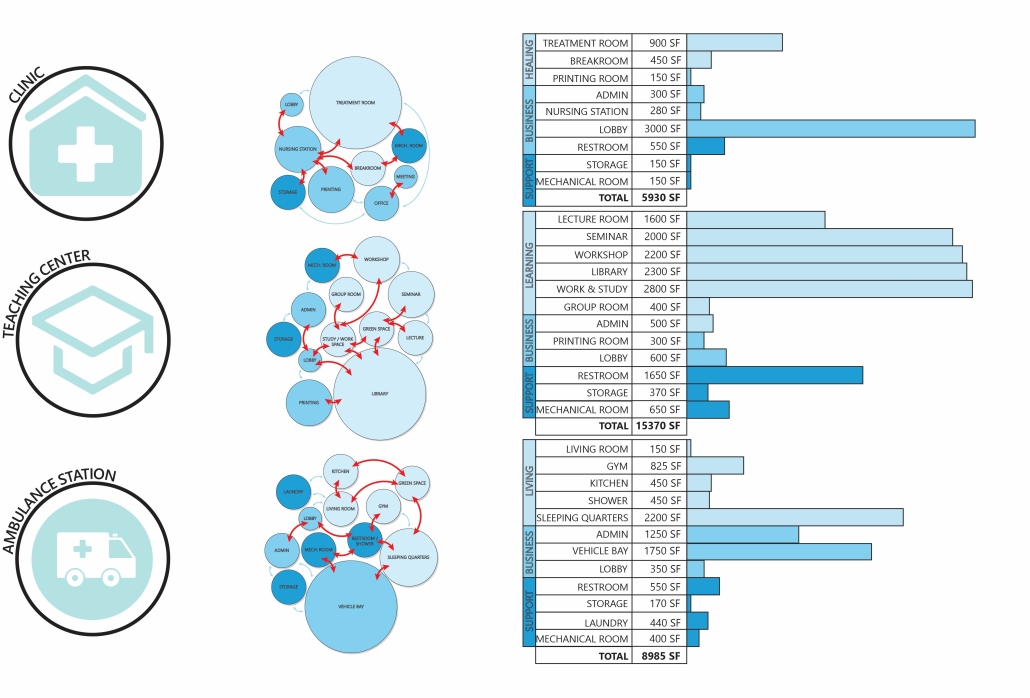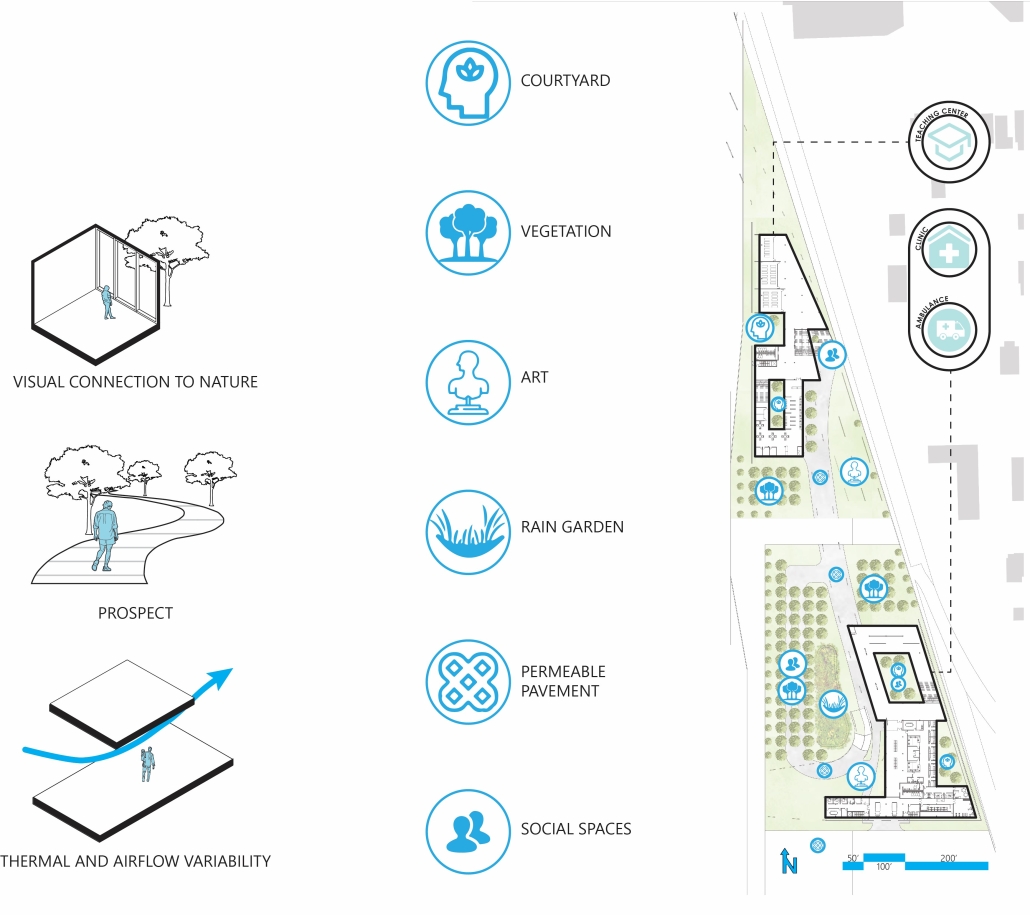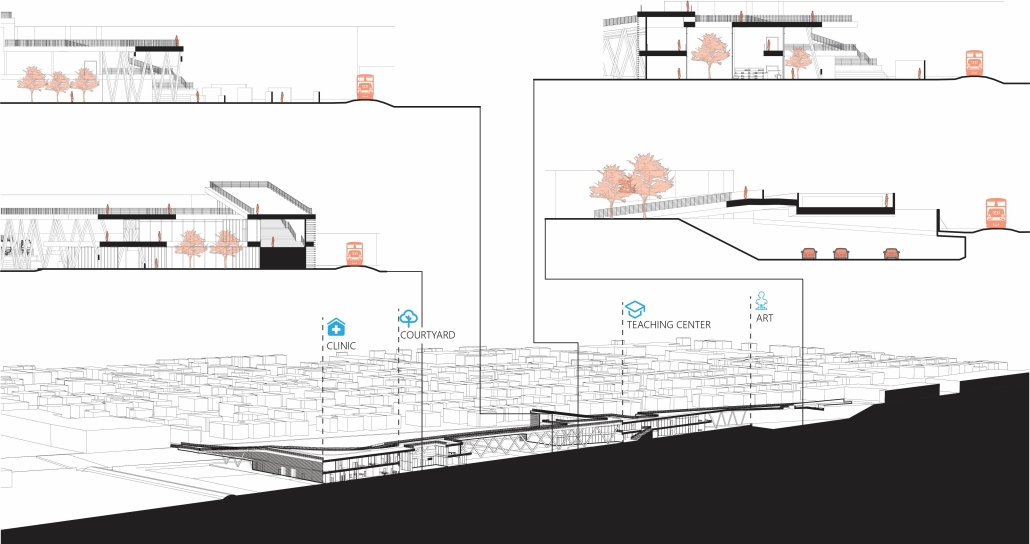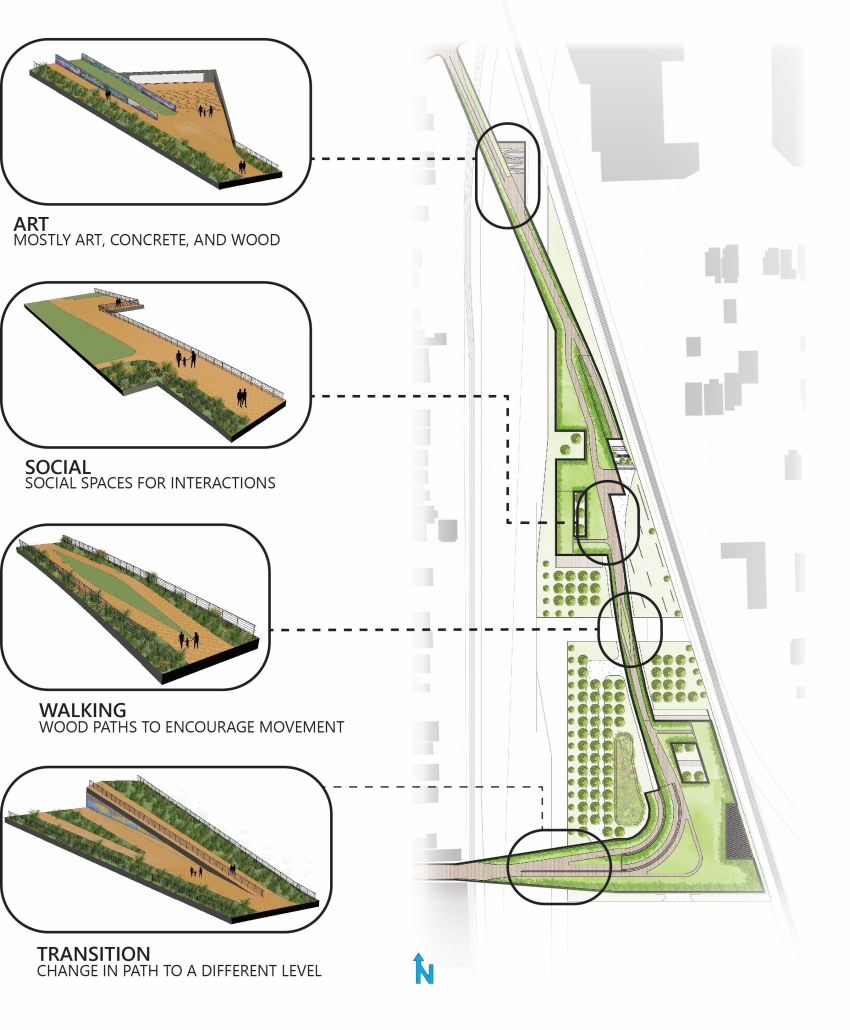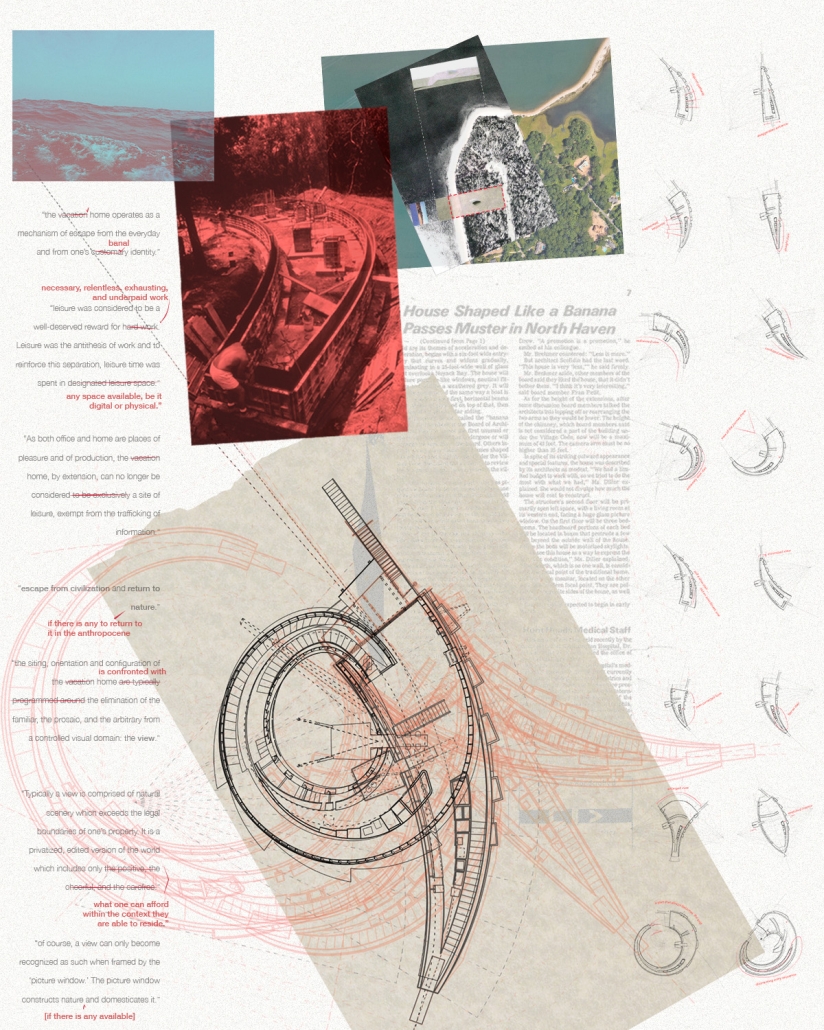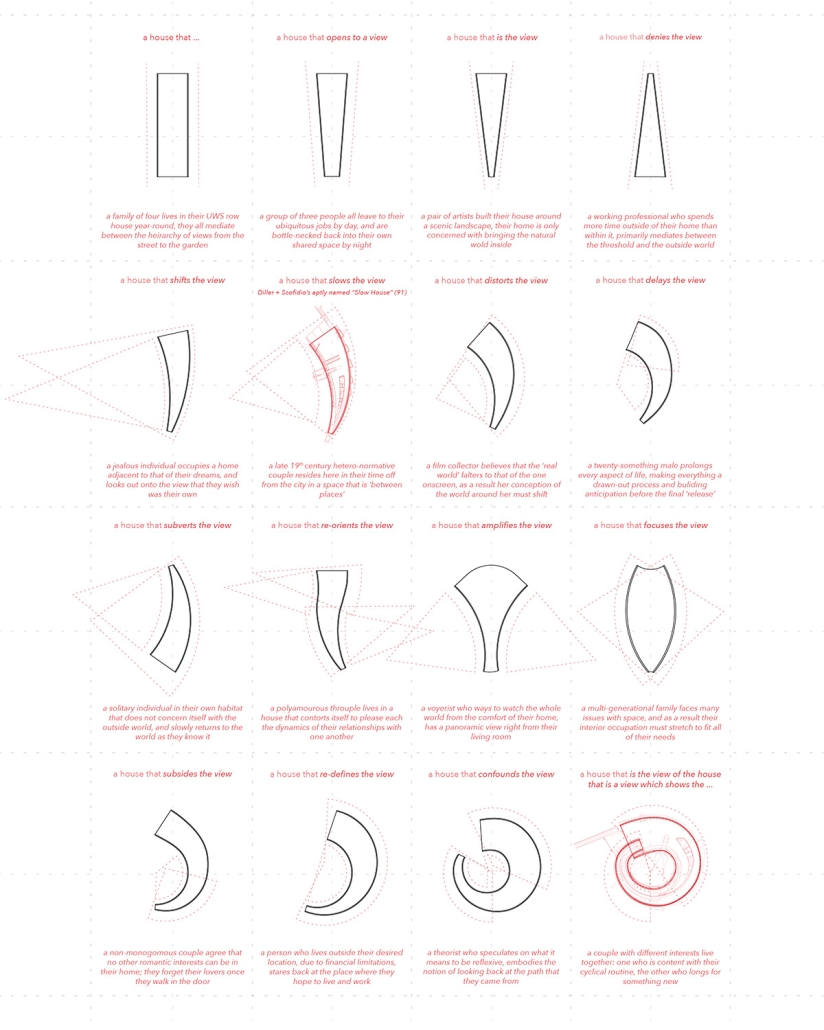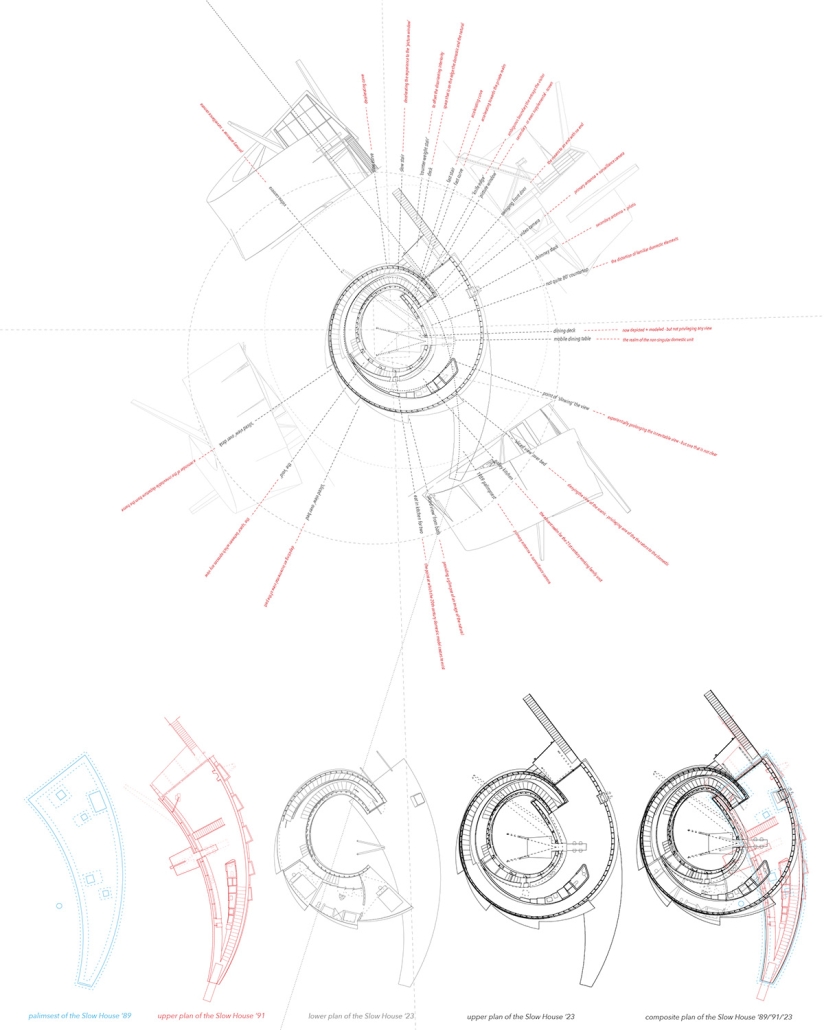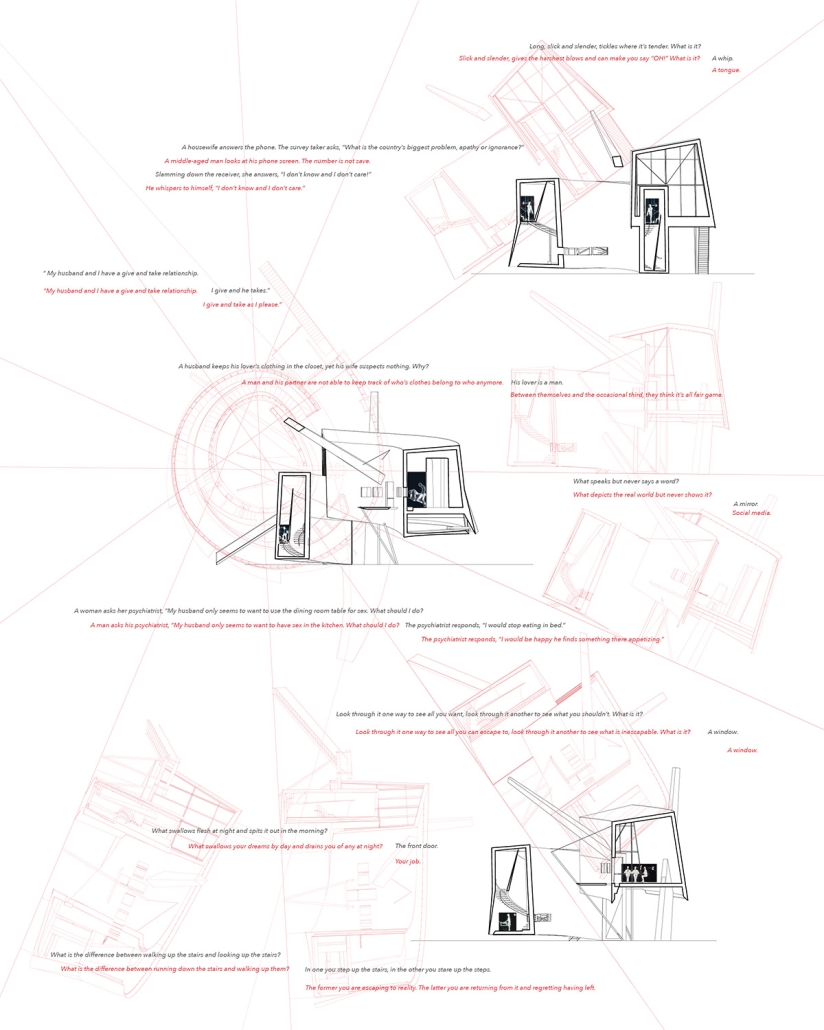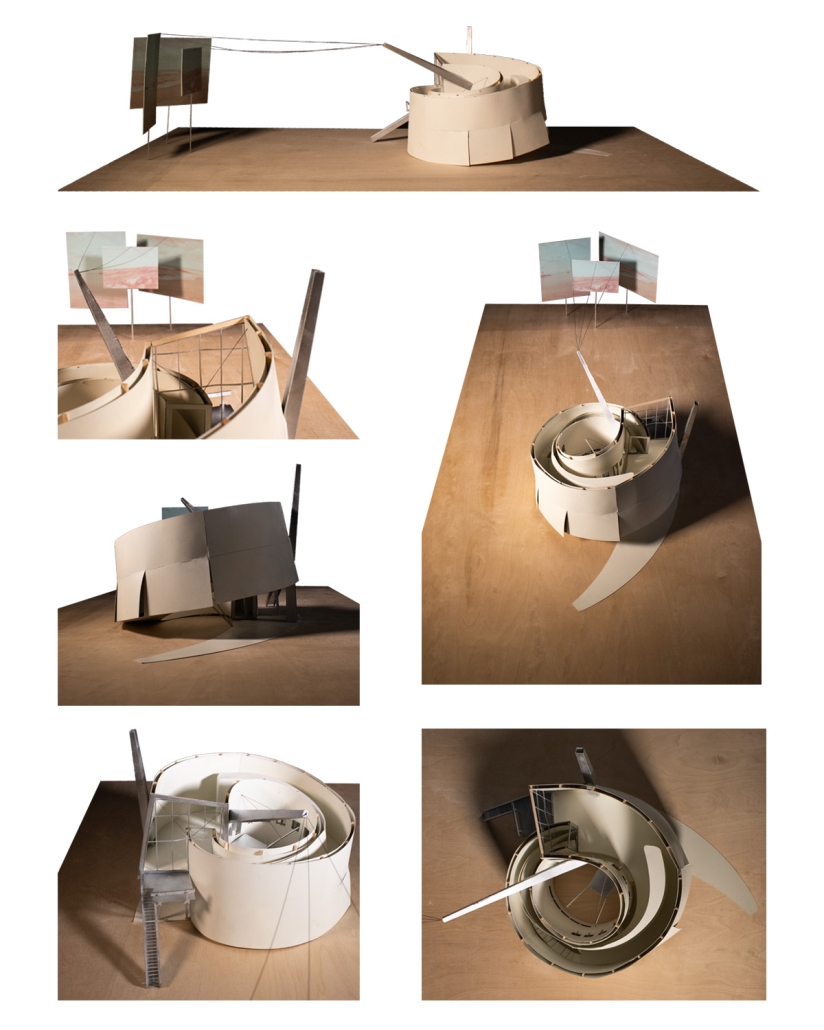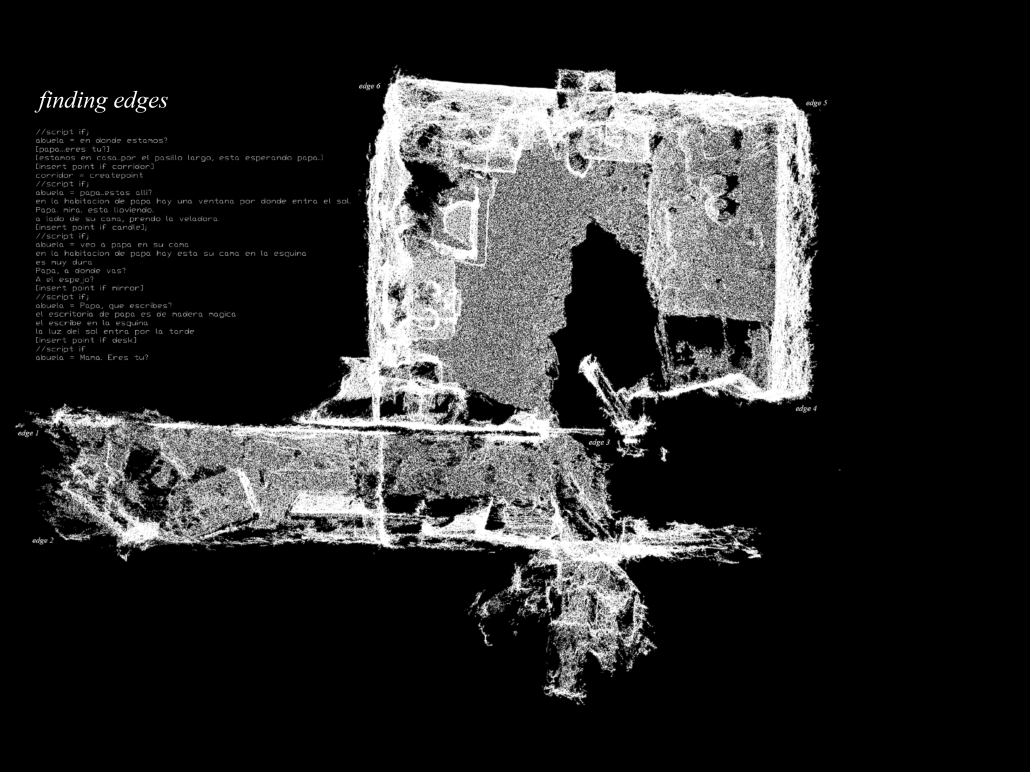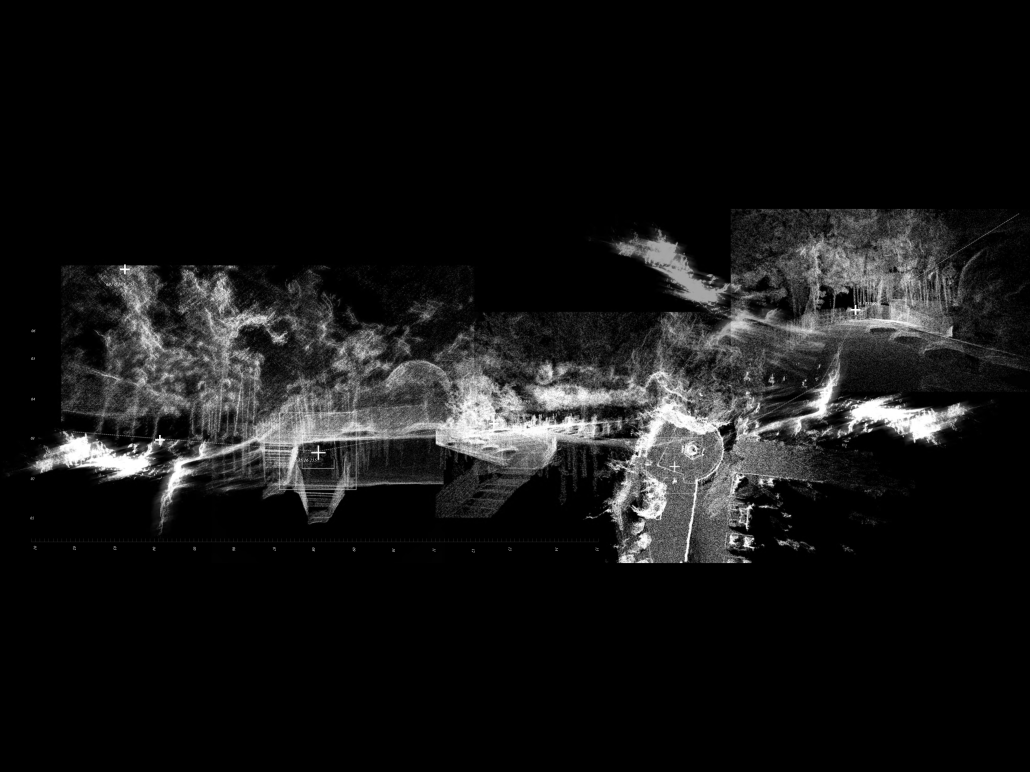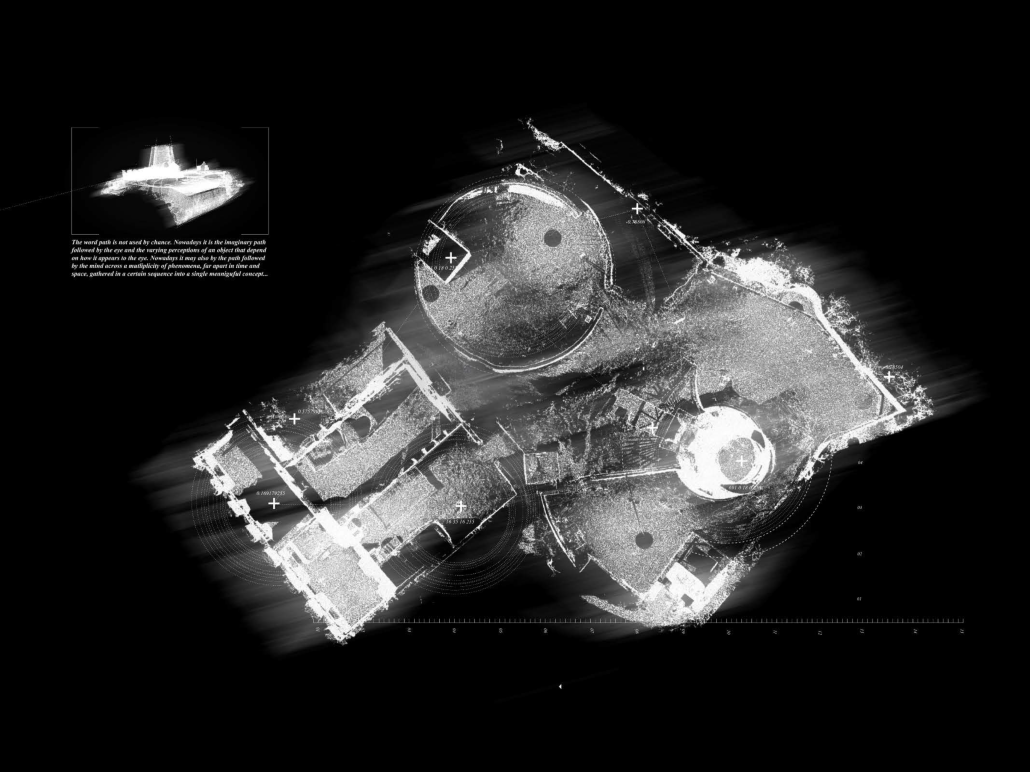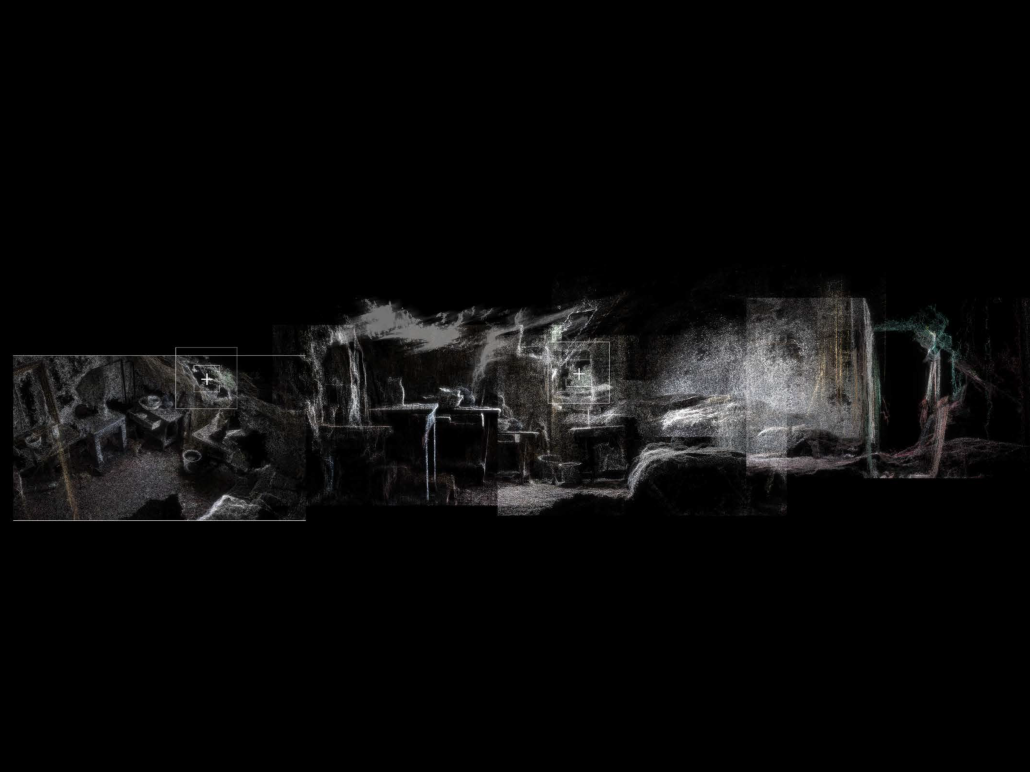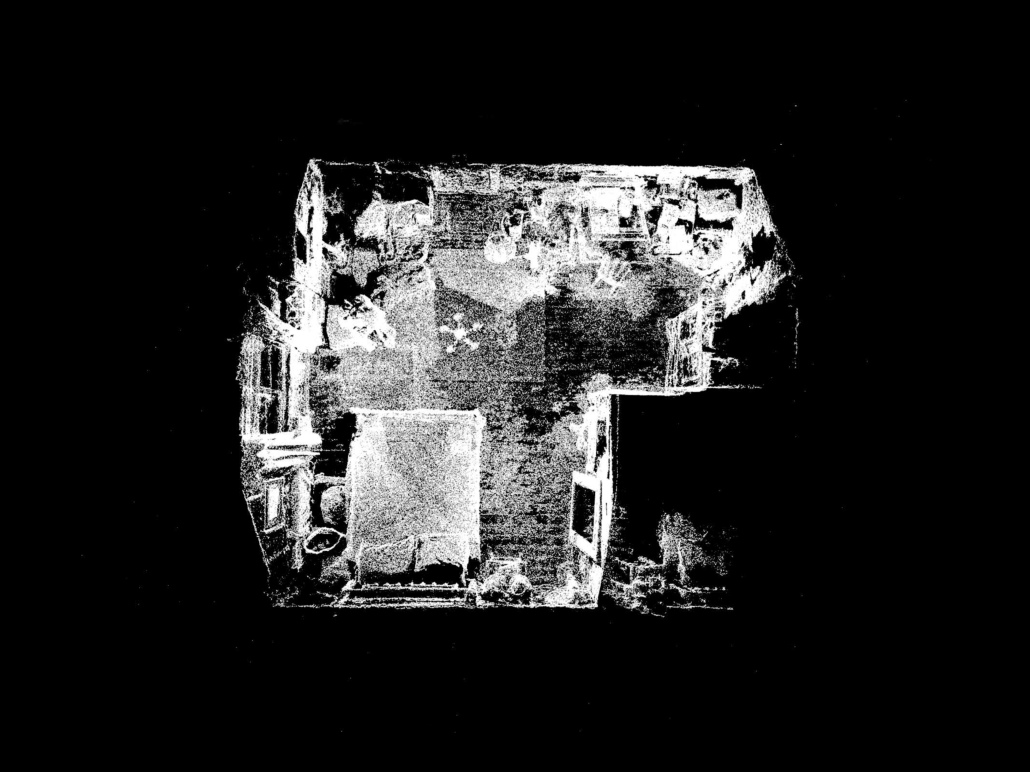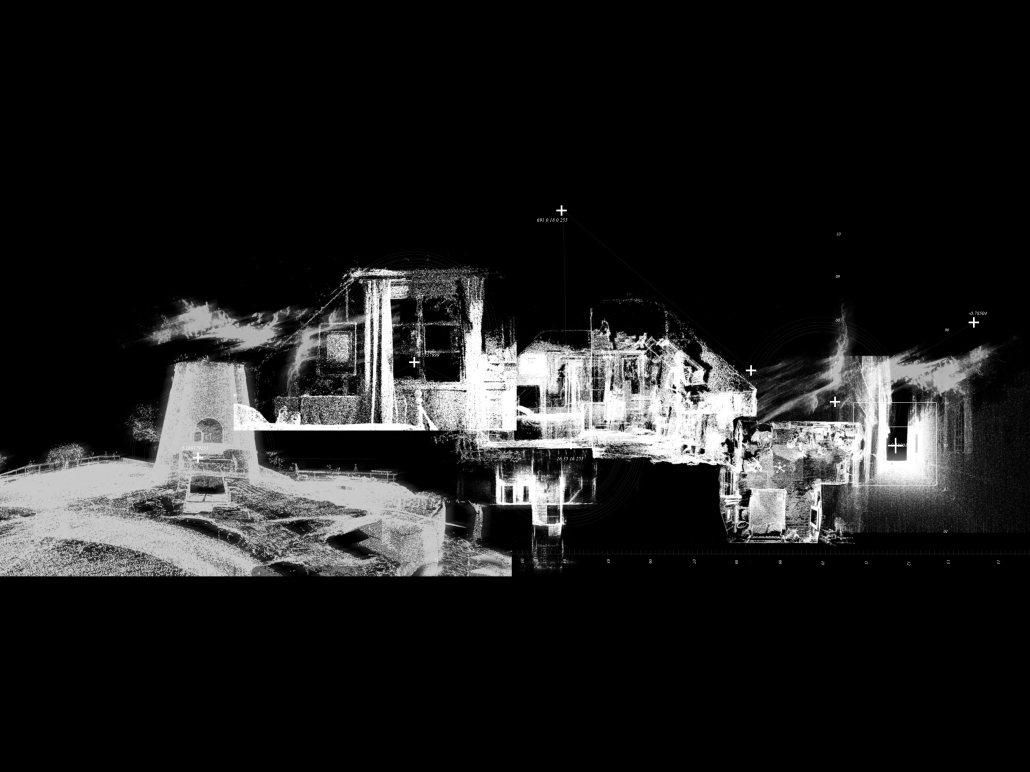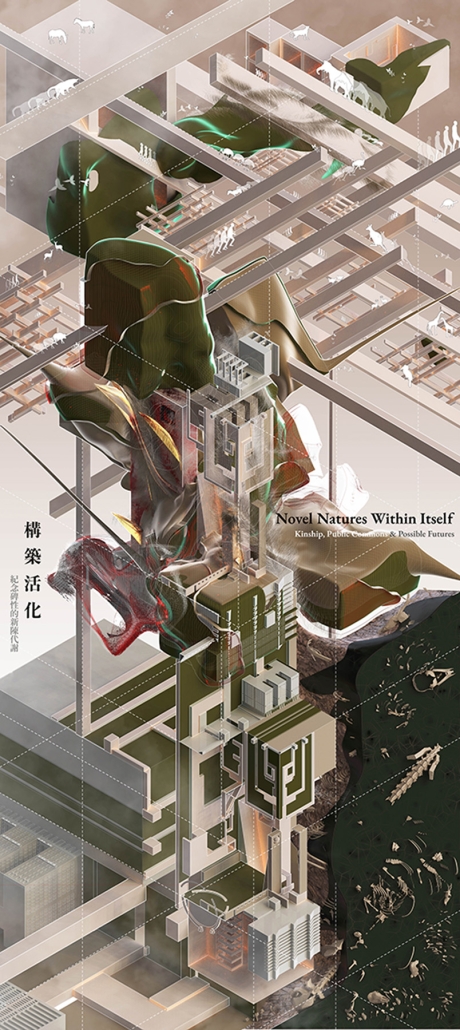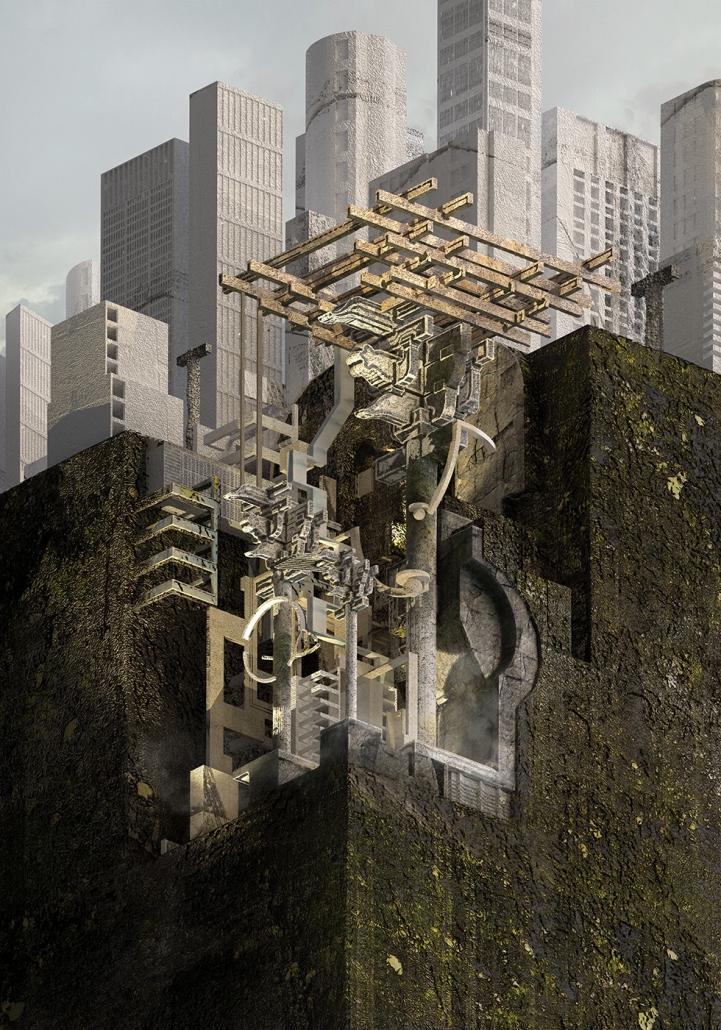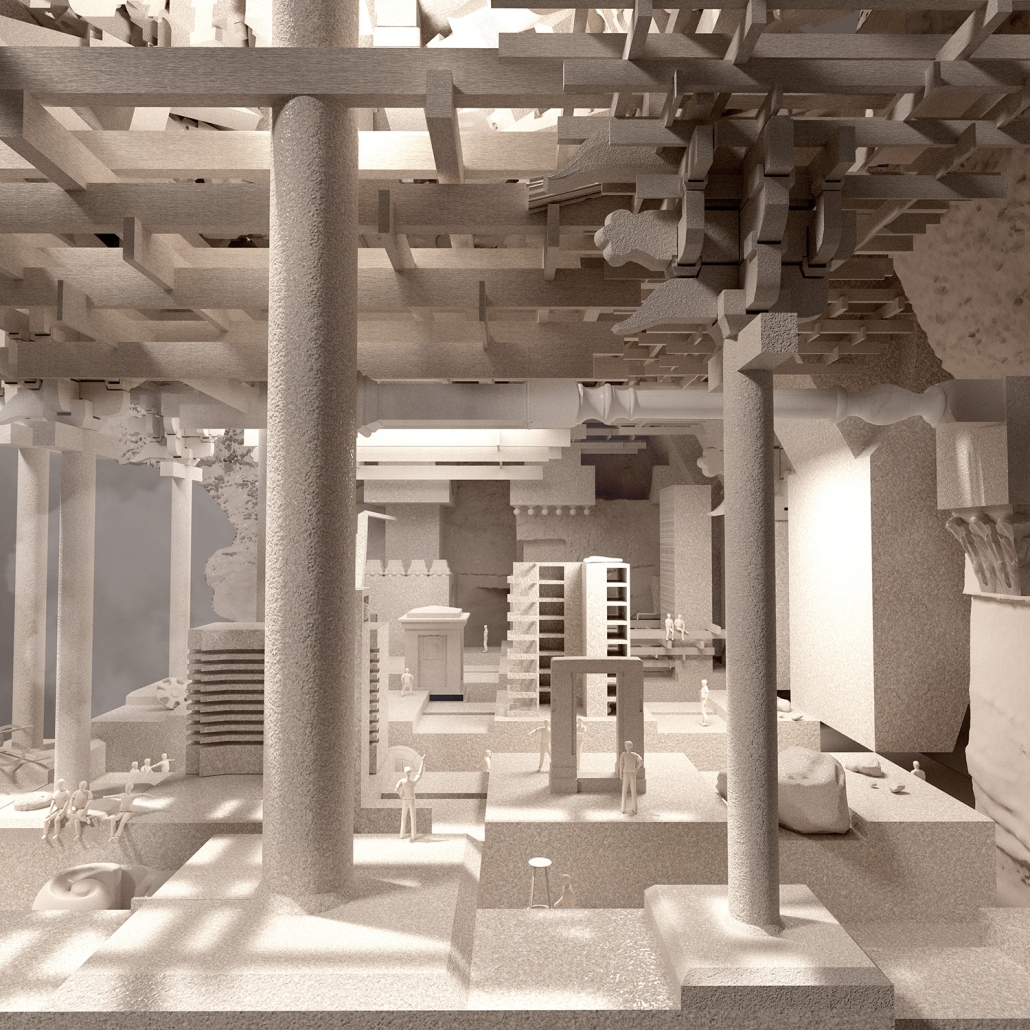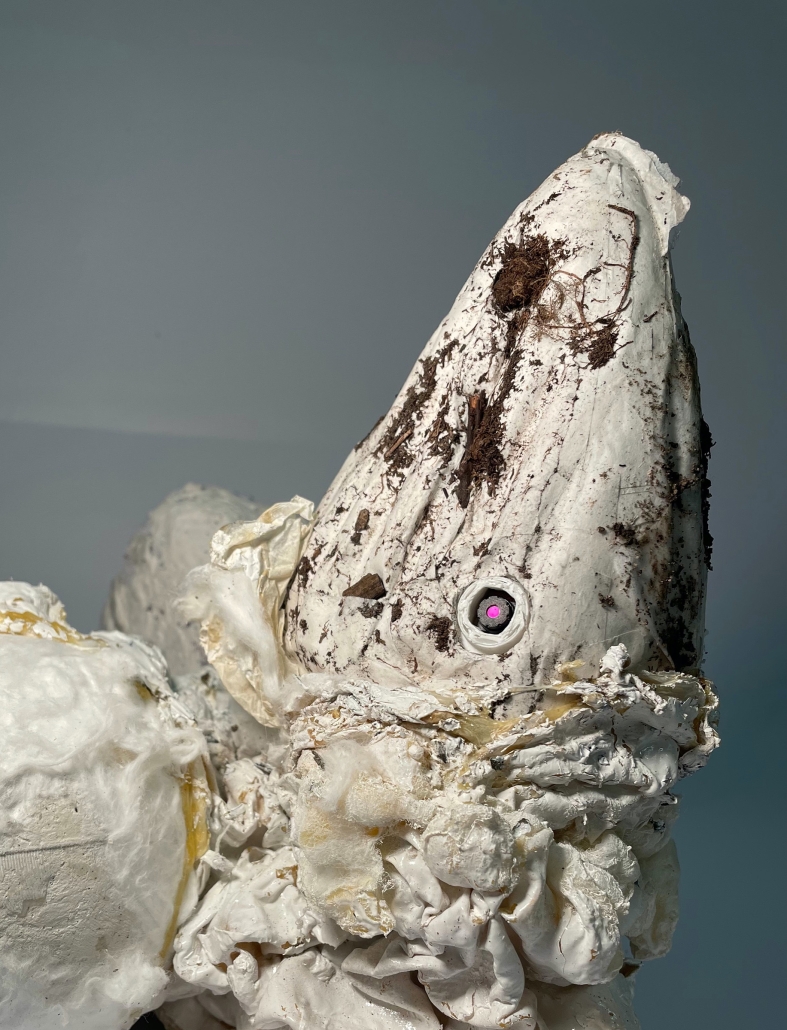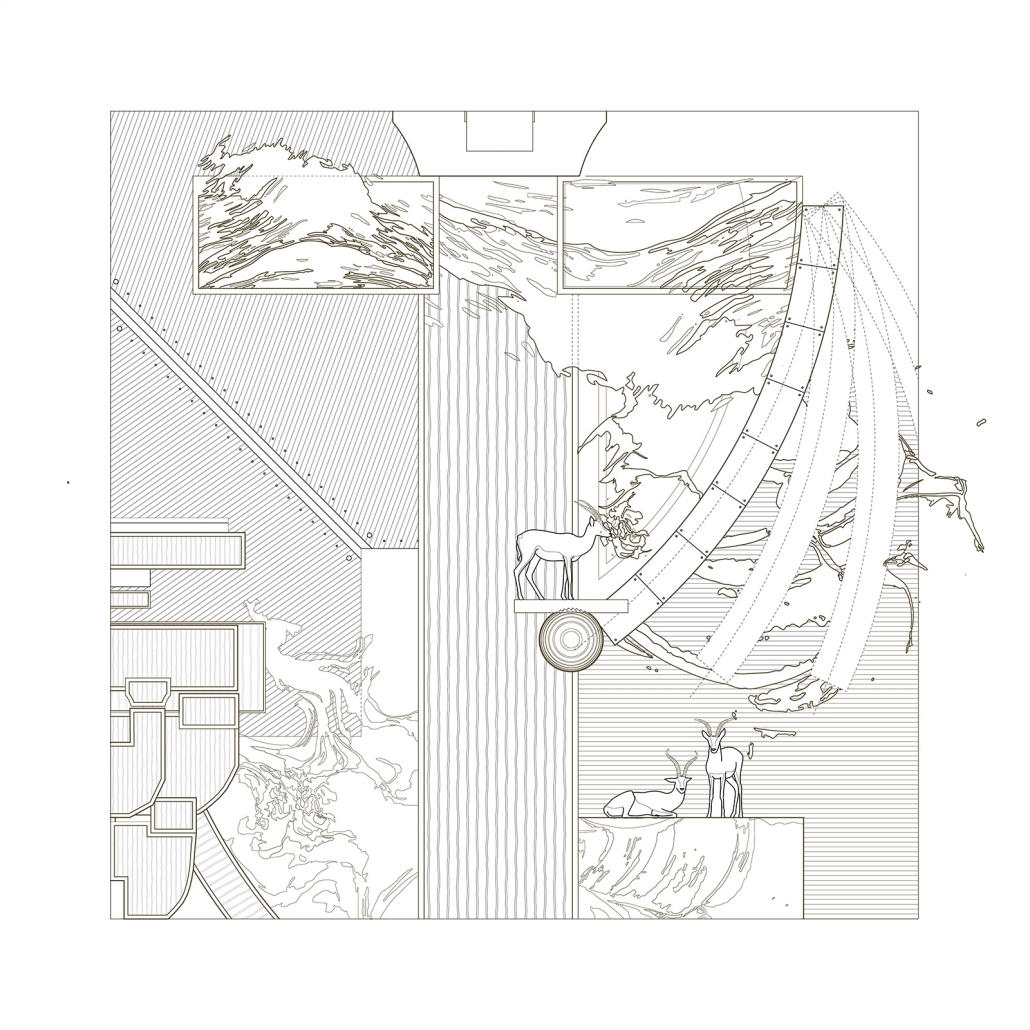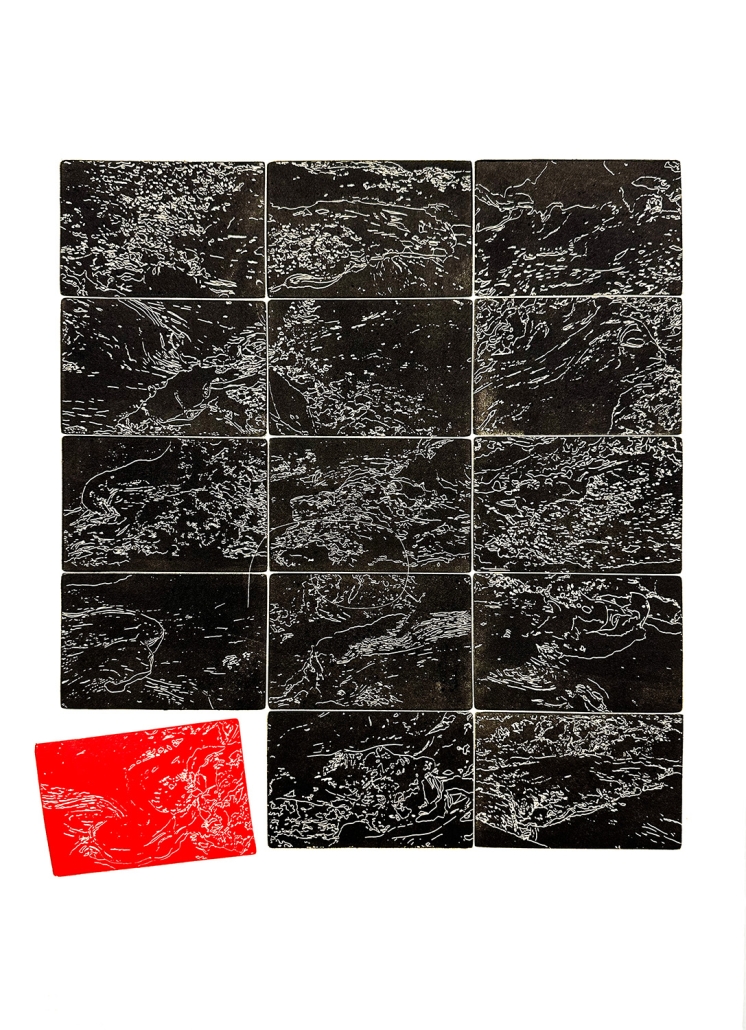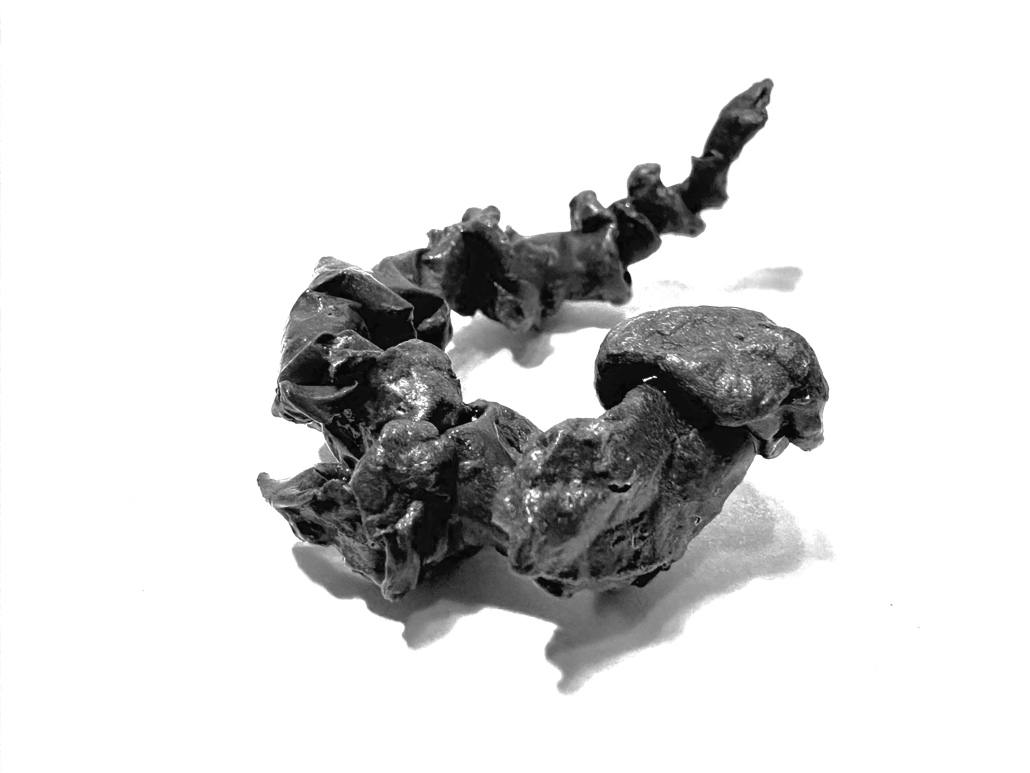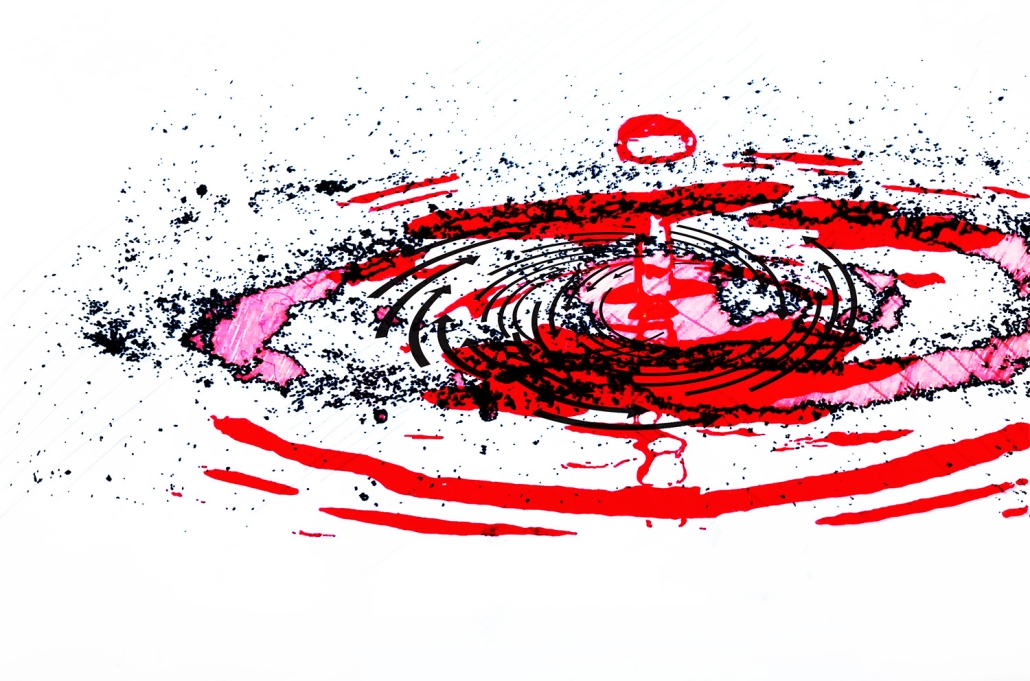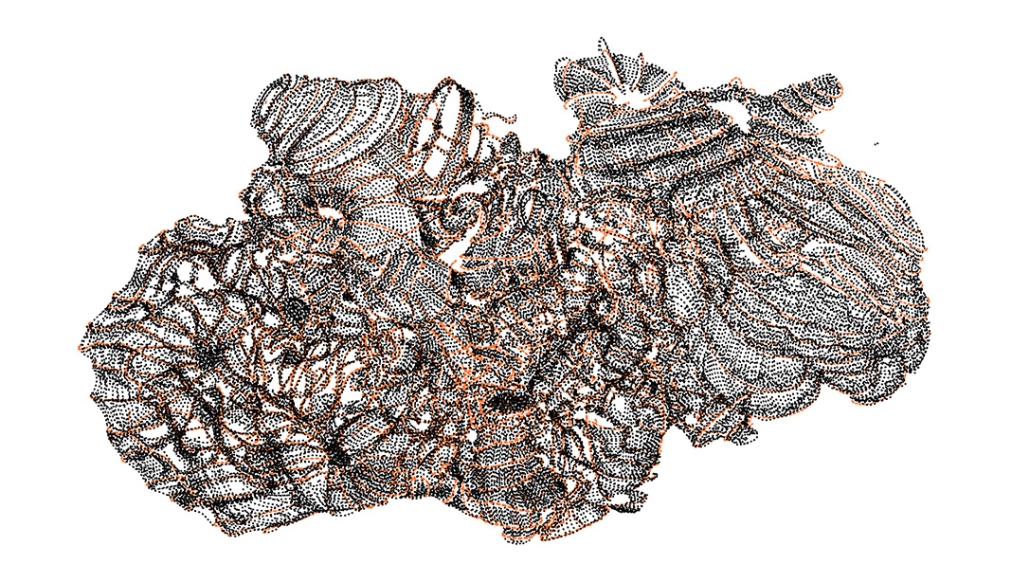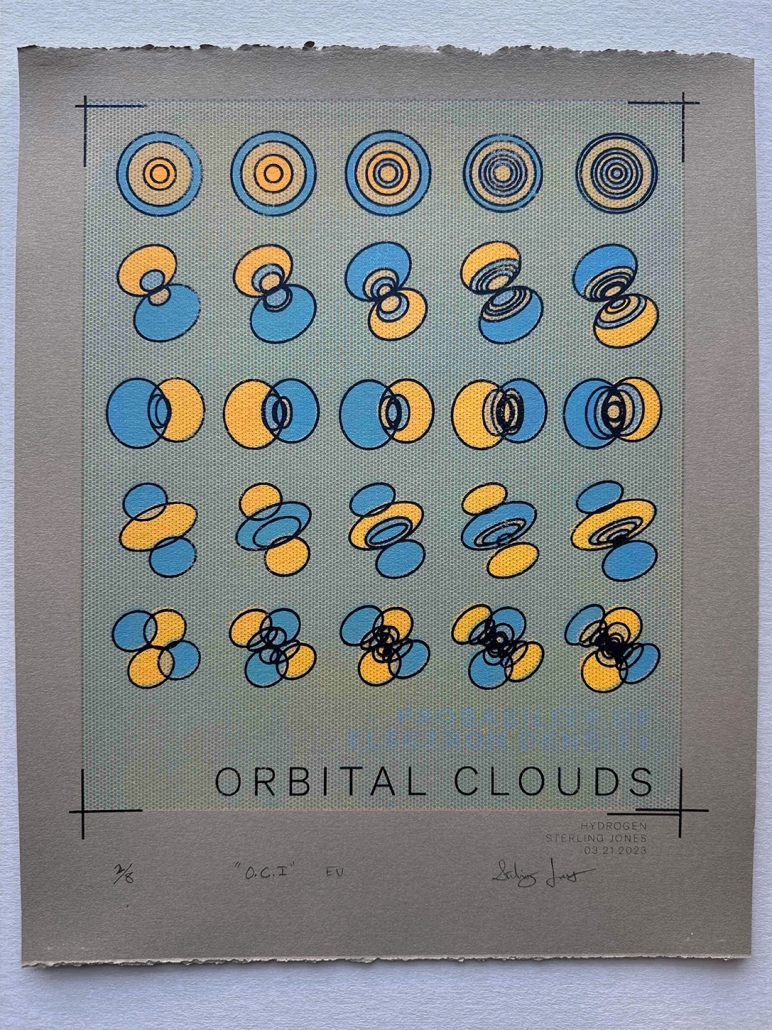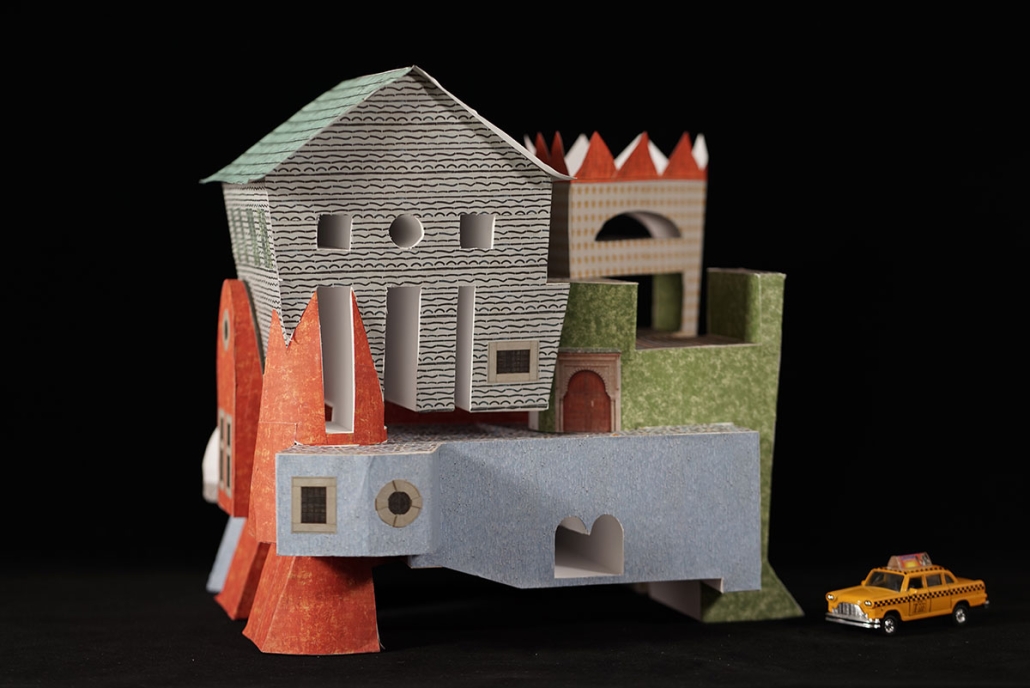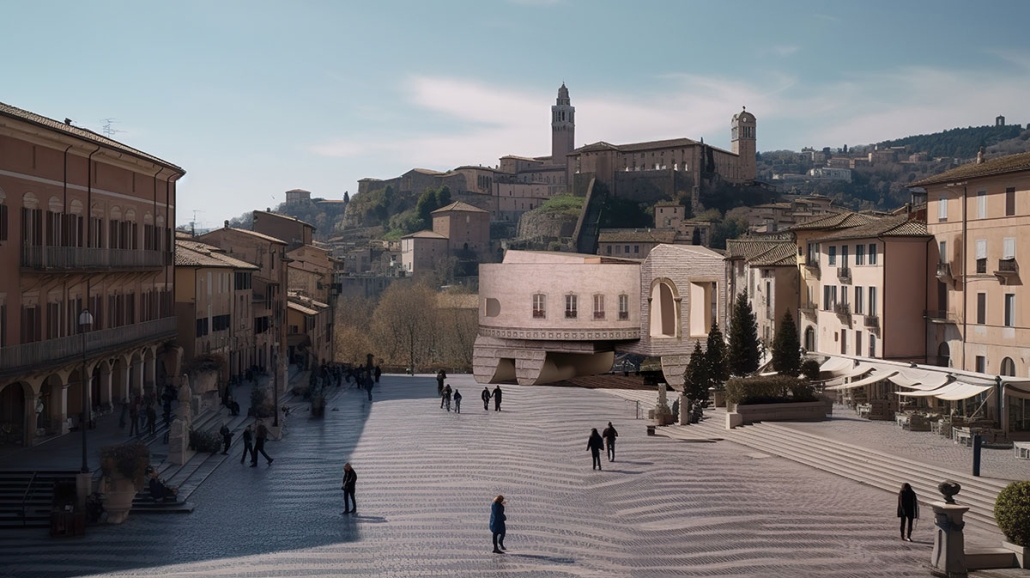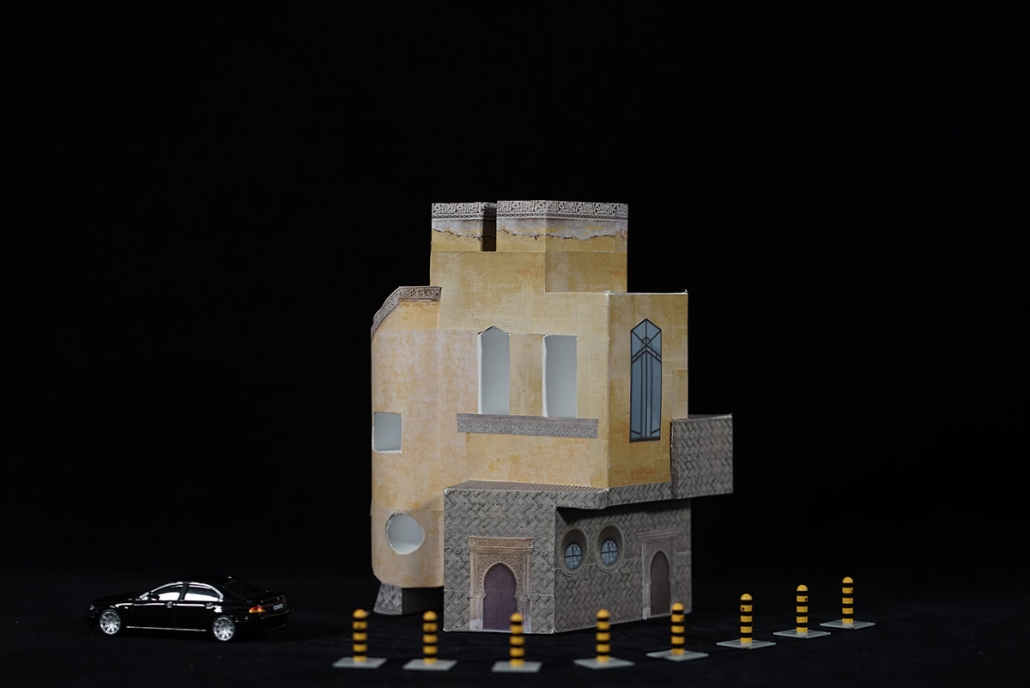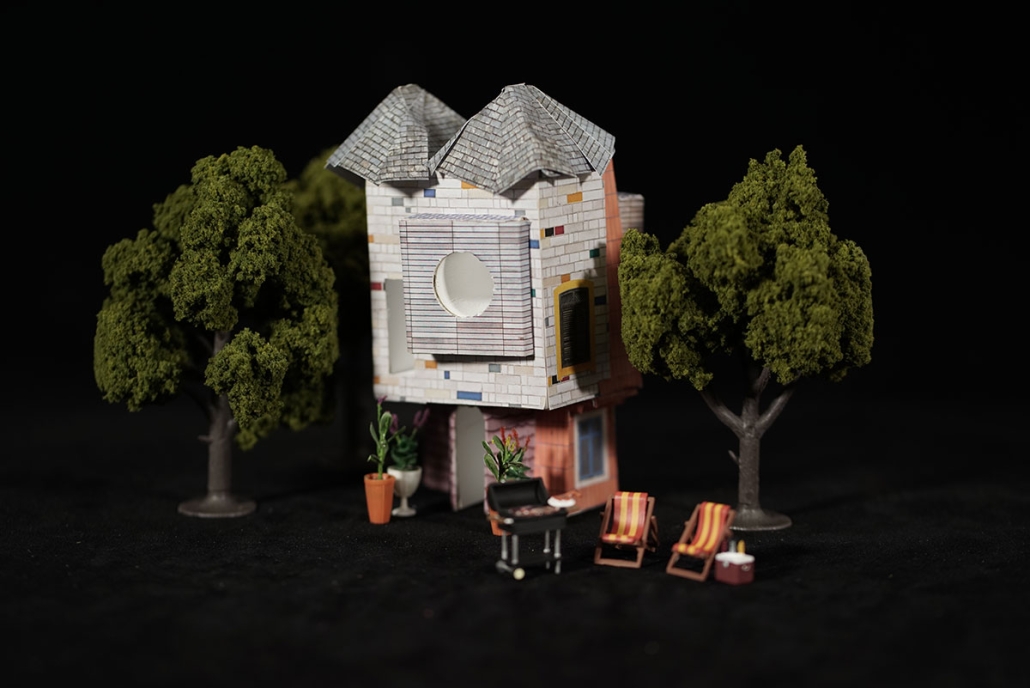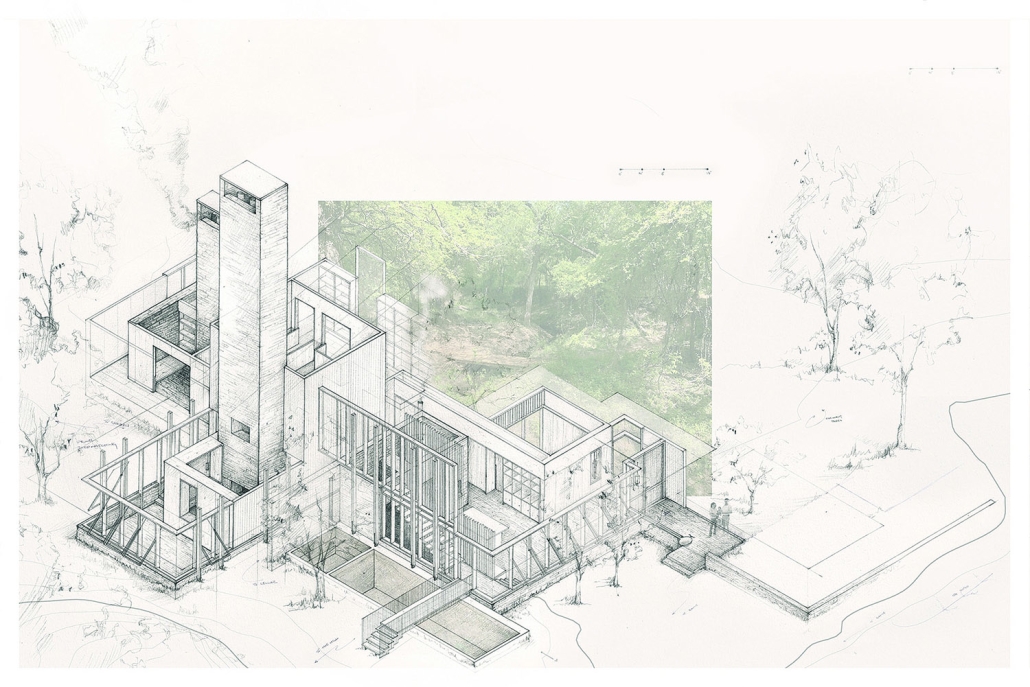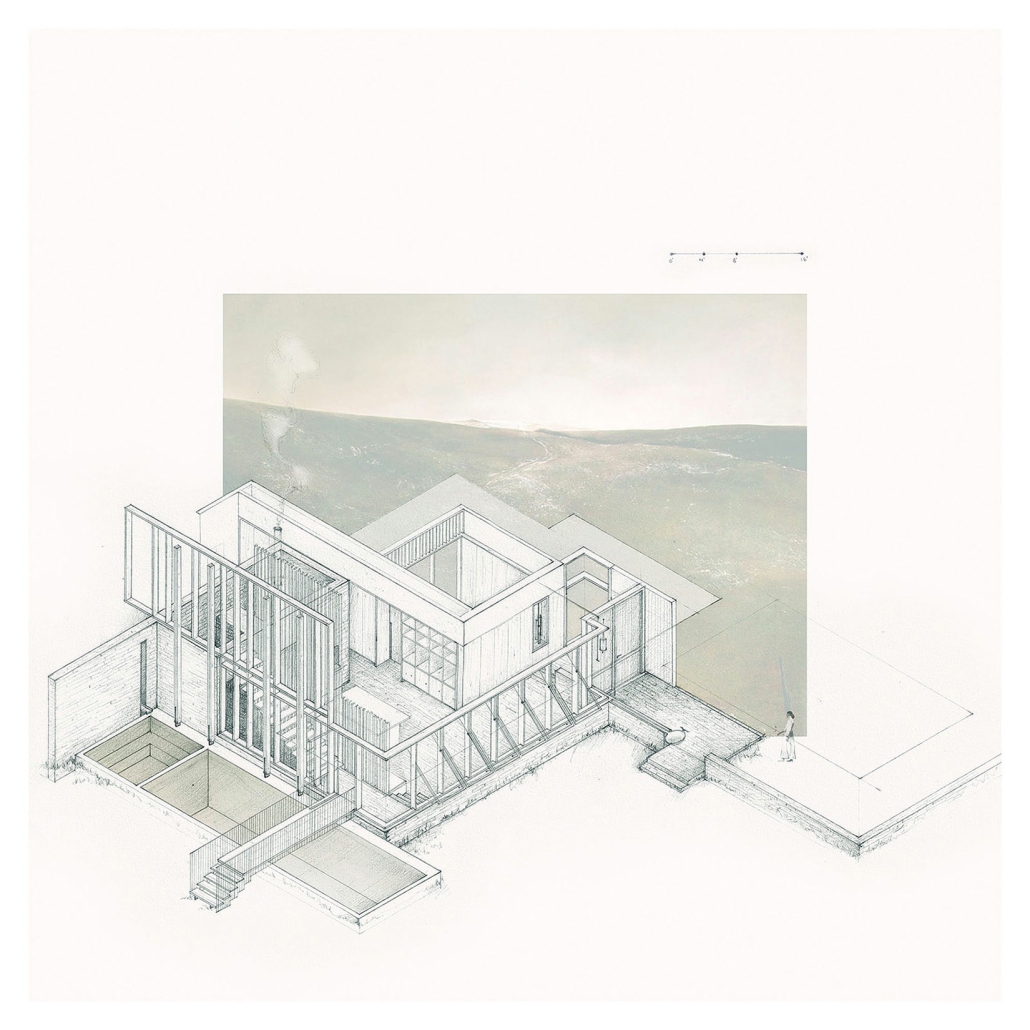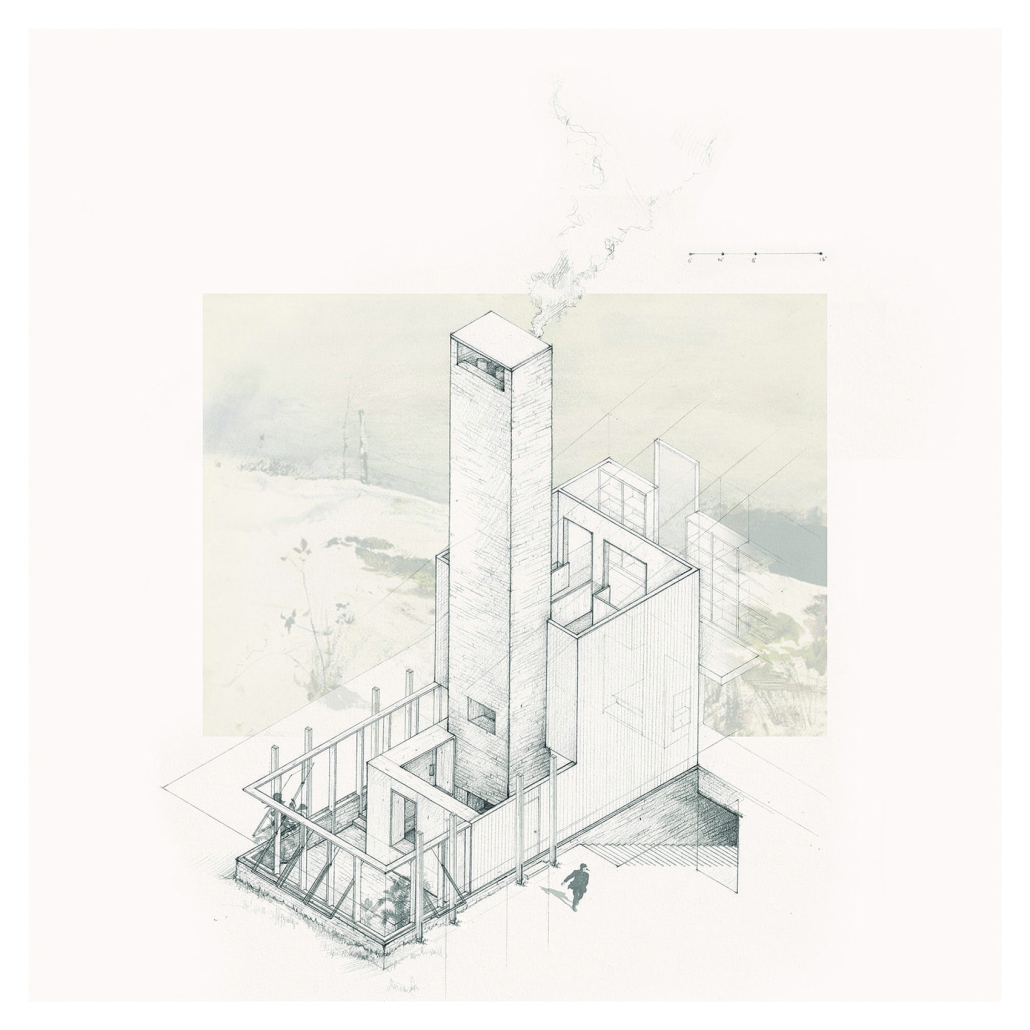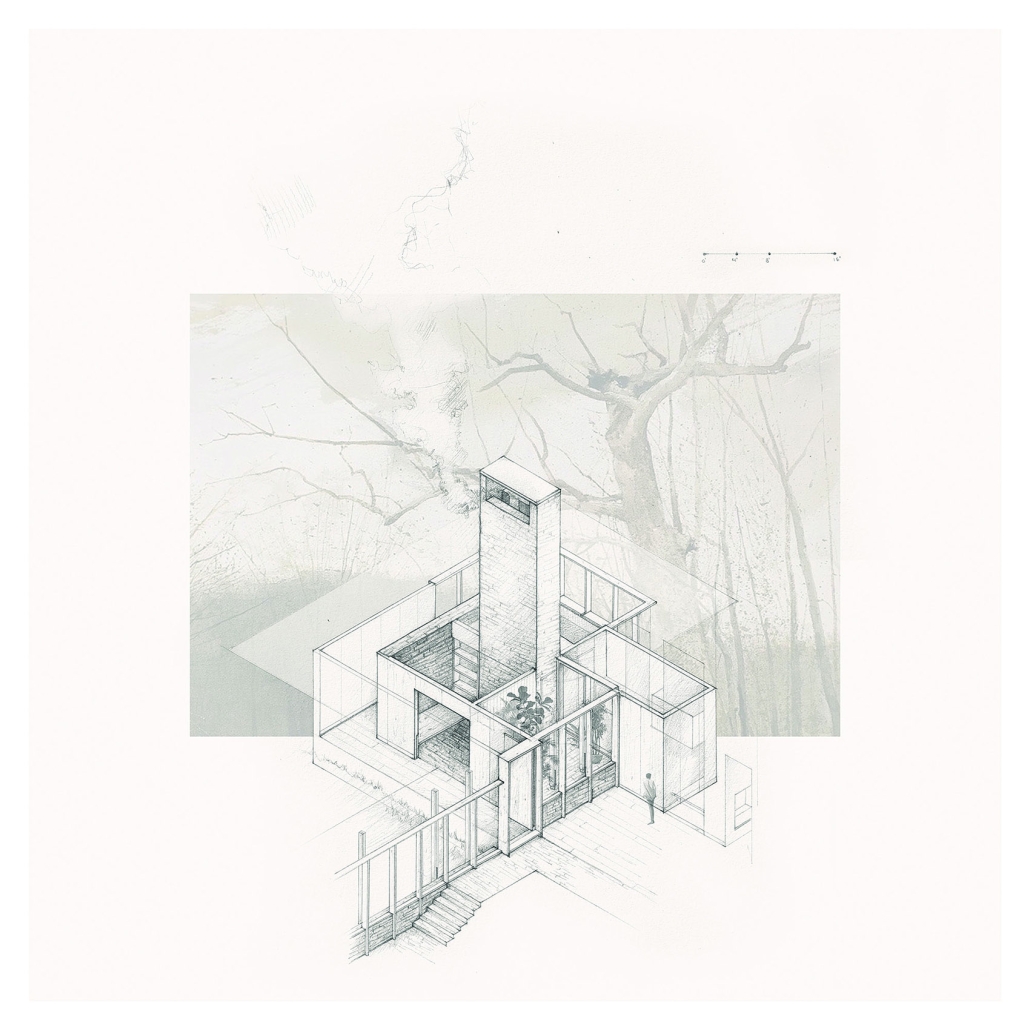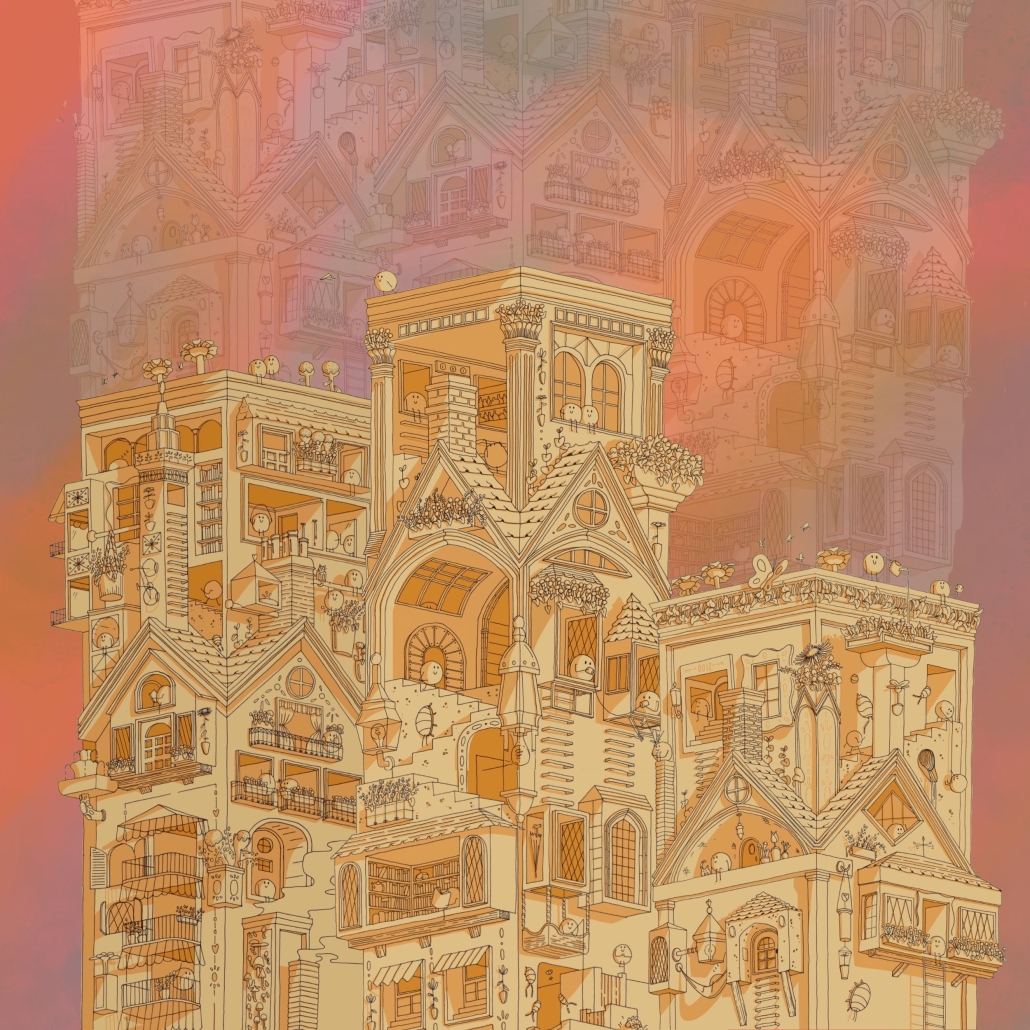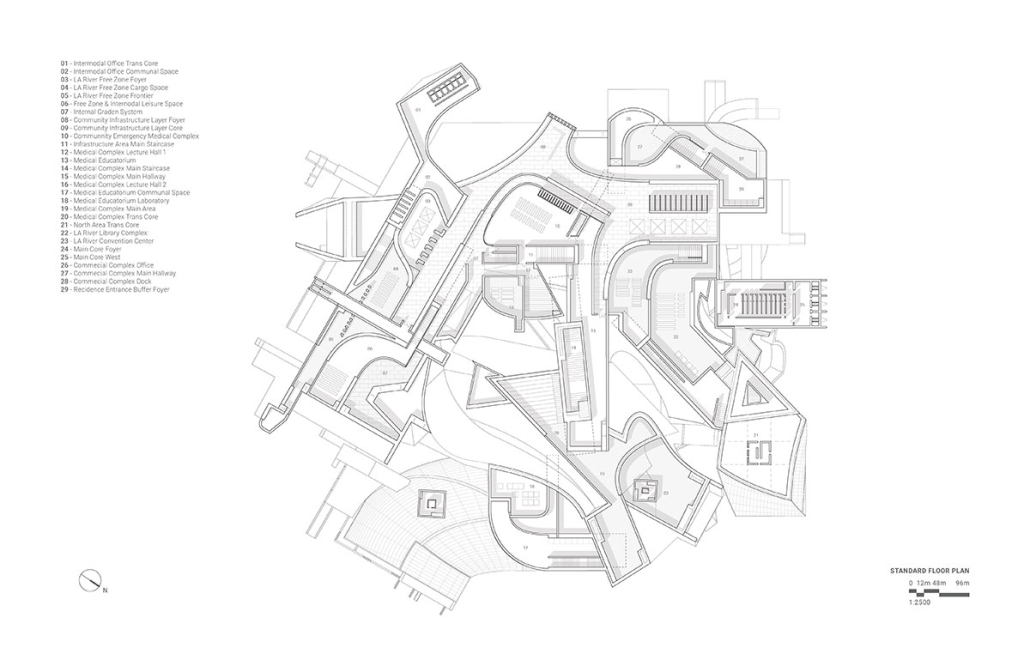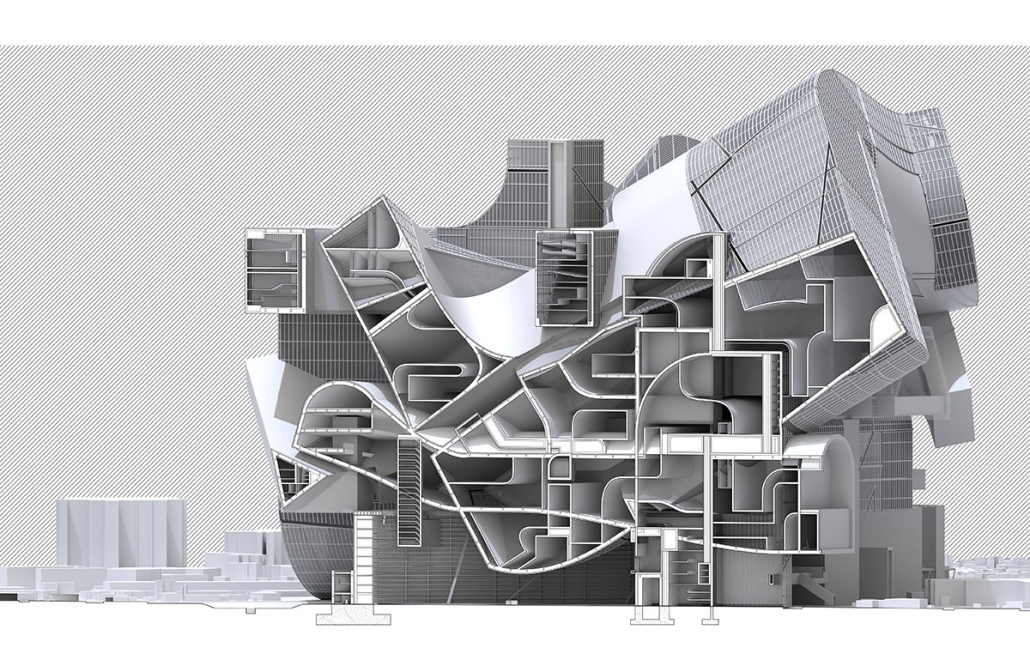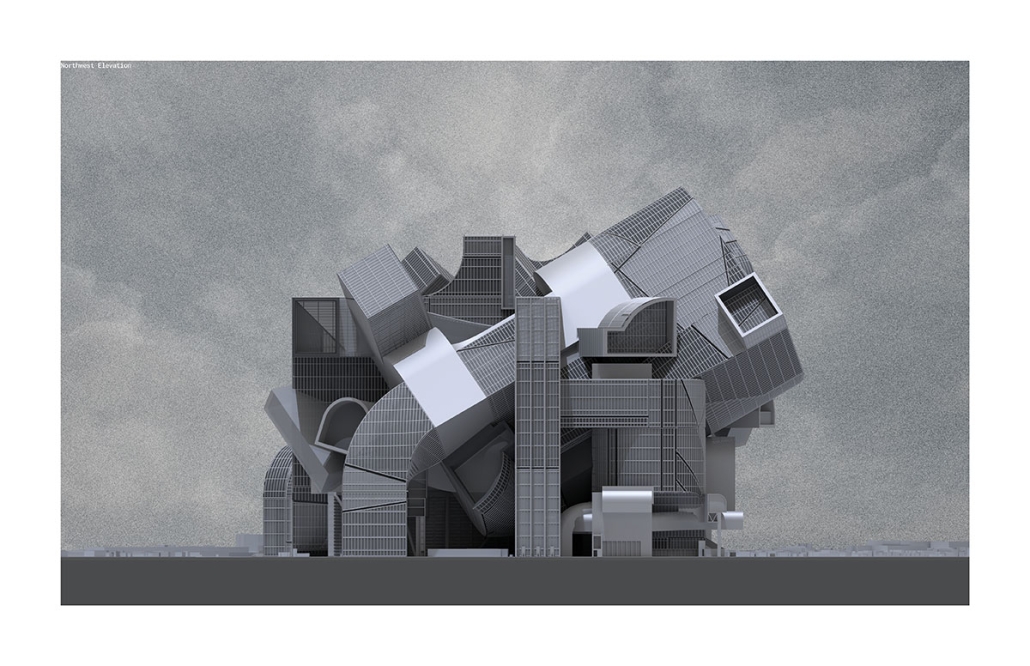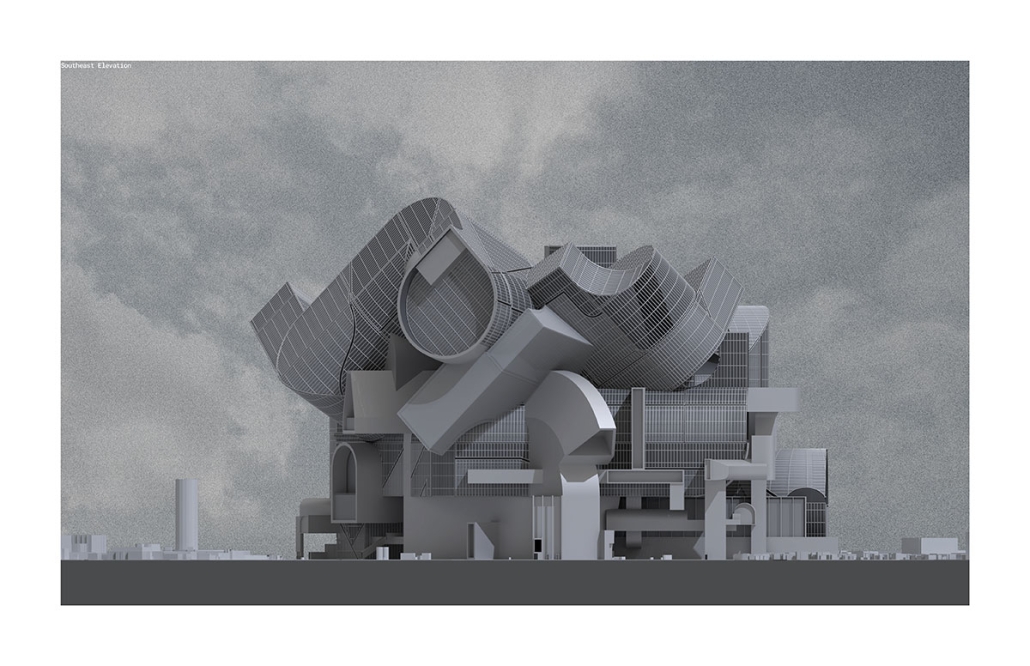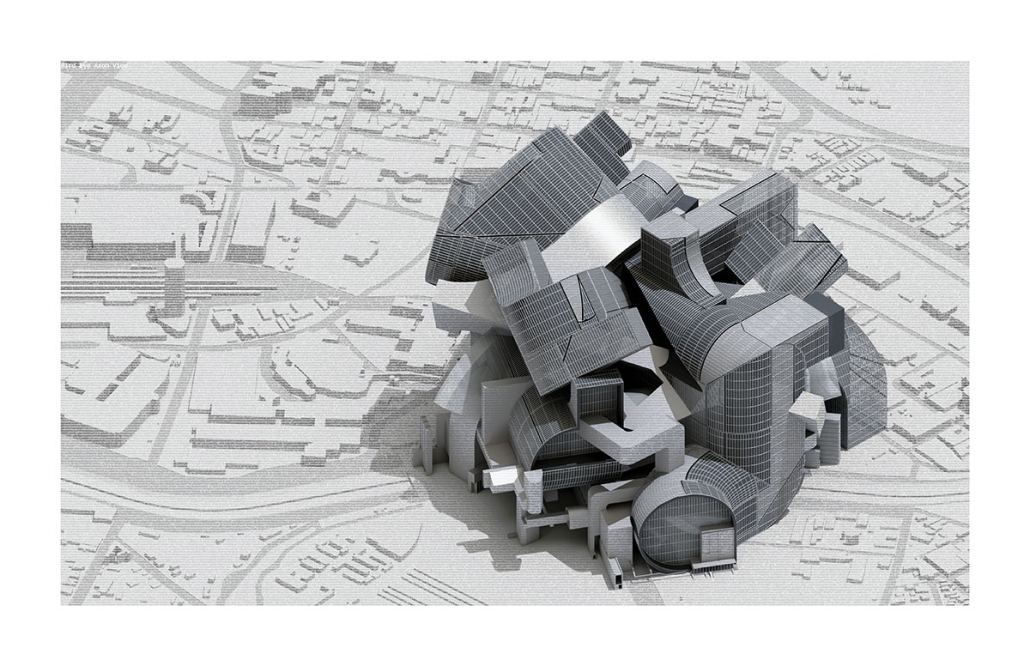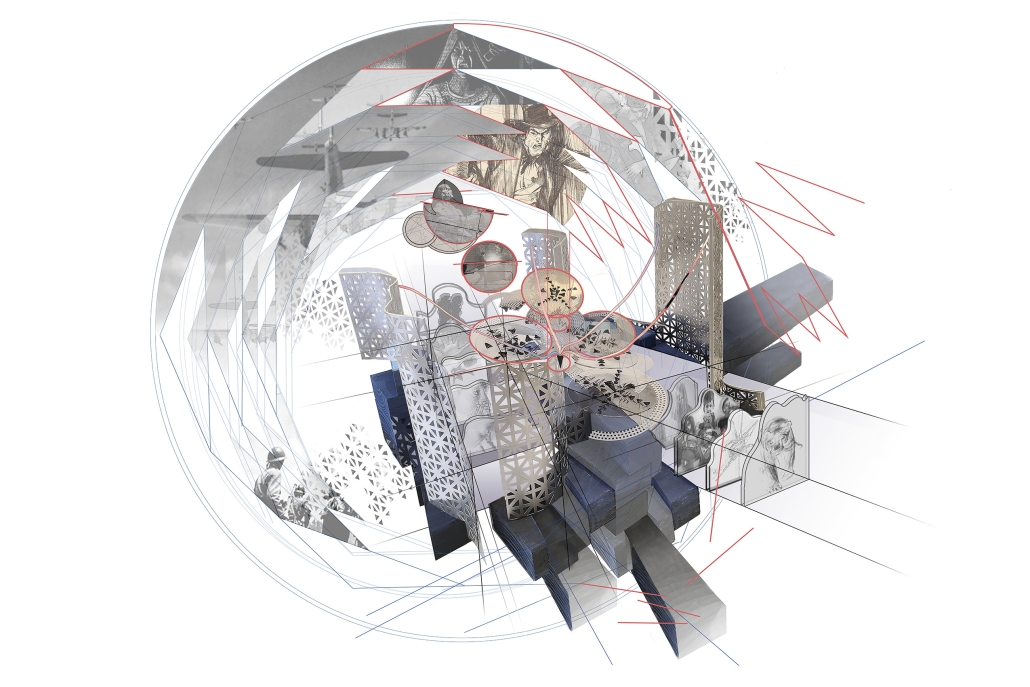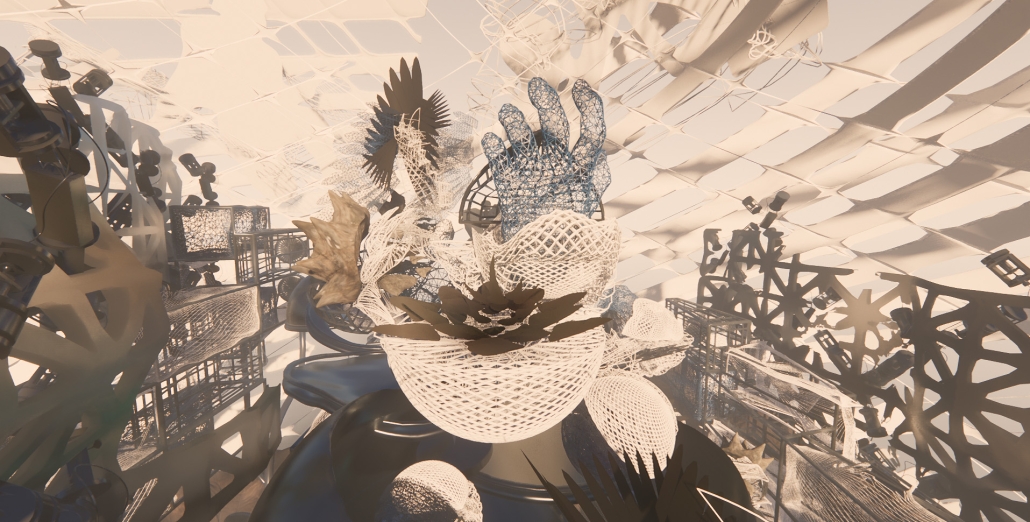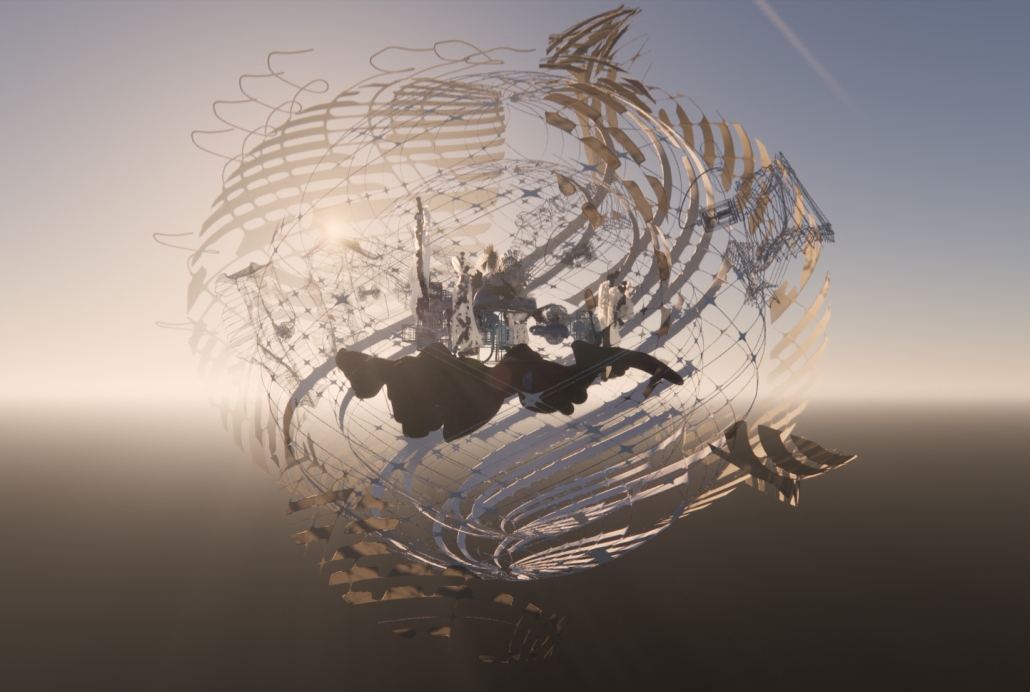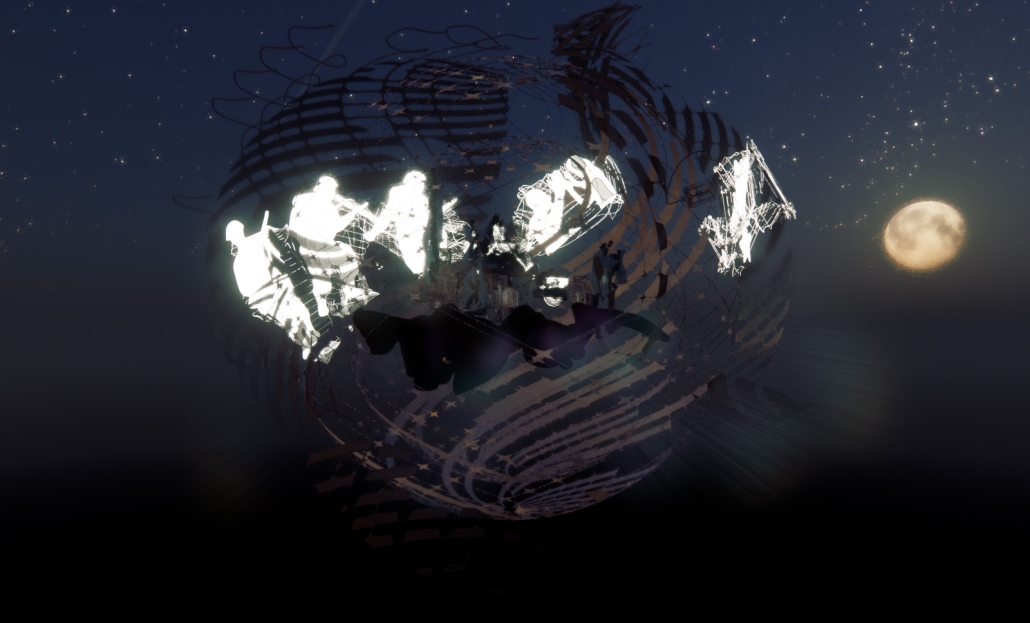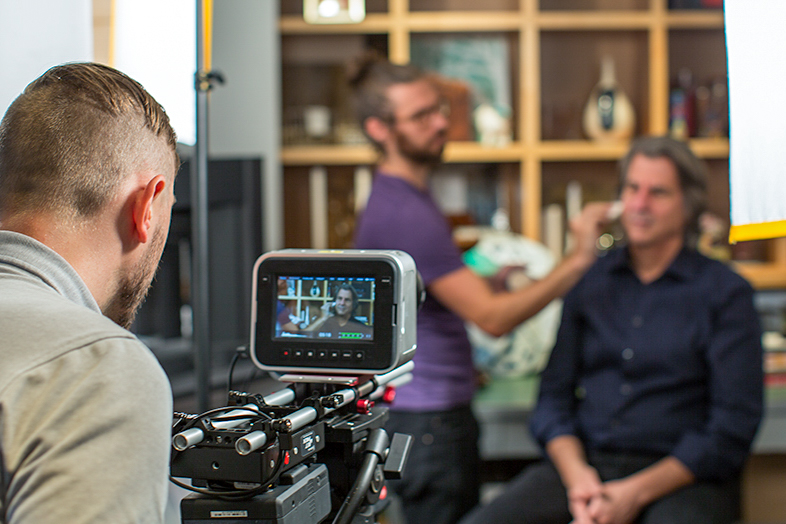2023 Study Architecture Student Showcase - Part XV
Welcome to Part XV of the Study Architecture Student Showcase! Healthcare and Well-Being are the central themes of today’s highlighted student work. The projects below demonstrate how intentionality around design and architecture can support the well-being of society, playing an essential role in everyday life. Today, we dive into pieces that reinforce dwelling through spatial culture and reimagine architecture through the lens of a matriarchal community in rural Uganda. Viewers can explore project plans for a site in Puerto Rice that serves as a creative and cultural therapy center. And a classroom designed with adaptive design elements and sensory-friendly features to support neurodiverse and disabled students. Read on for more details!
Made with Matriarchs: Crafting Heritage-Oriented Futures with the Karamojong by Ethan Walker, M.Arch ‘23
Lawrence Technological University | Advisors: Scott Shall (Committee Chair), Joonsub Kim (Member), and Edward Orlowski (Member)
In the rural northeast of Uganda, the ethnic Karamojong are experiencing unprecedented pressures to change their ways of life (Knighton, 2017). As semi-nomadic pastoralists, these peoples are dependent on the health of their herds which is contingent on the health of their ancestral lands. Studies show that land health has deteriorated due to climate change, overgrazing and lack of mobility producing a vulnerability context that has attracted international attention. Interventions by foreign actors and the national government have attempted to improve public health while making recurring calls to transform Karamojong culture away from pastoralism towards sedentism and farming (Dbins, 2013). While appropriate in particular cases, the overwhelming call to cultural transformation could be at odds with the capabilities of the land, potentially undermining the pastoral ways of life. These globalizing influences extend beyond policy-making and have fundamentally altered the process of architectural production and construction in the region.
In response, this thesis proposes an iterative, heritage-based approach to design and construction, crafted to mitigate the increasingly harmful effects of globalization upon the traditionally semi-nomadic societies of northern Uganda. In this approach, alternative futures are imagined by reconsidering the role of the architect in relation to the pre-colonial keepers of the built environment; the Matriarchs. When working within this alternative arrangement, architects would work responsively with Matriarchs, lengthening the process of interaction in favor of a responsive design methodology that strengthens the Matriarchs’ power of architectural self-determination. Strategies to equip pastoralist architecture with greater autonomy are imagined, proposed and filtered through a Matriarch-led process to determine what is appropriated, effective and ultimately in the best interest of their desired way of life.
Instagram: @ewalke_ , @scott_shall
This project was selected for the ARCC King Medal and won the LTU Deans Award – Best Project.
Home Grown: Reimagining Dwelling Through Spatiaculture by Devin Derr, M.Arch ‘23
Lawrence Technological University | Advisors: Scott Shall (Chair), Dan Faoro (Member), and Sara Codarin (Member)
To dwell is to feel at home in a space that: maintains nature (both human and non-human), provides protection, freedom, and peace, and implies a general intent to remain (Heidegger, 1971). To inhabit is to view both house and land as mere assets of monetary value. Without dwelling, people can feel uprooted or disconnected from their homes, and the home itself can disrupt or compromise the ecosystem that hosts it. Unfortunately, home design in the U.S. rarely makes dwelling a priority and often glorifies investment-centric metrics to increase profits and value of the land-stances that encourage inhabitation.
Dwelling not only demands a balance between human-created and naturally occurring environments, but also the simultaneous improvement of both. To achieve dwelling many ancient cultivation practices like permaculture, horticulture, silviculture, and arboriculture are necessary. These practices have a central focus on maintaining and improving natural environments because the benefits they reap directly rely on the natural environment’s well-being. If architecture leverages the 17,000 years of ecological knowledge that these fields have generated, then true protection, freedom, support, peace, and balance may begin to take root (Rasmussen, Wayne D., et al., 2022). Using trees and other living botanicals as a source of structure and enclosure, this thesis aims to trade inhabitation and its associated ailments for an architecture that is quite literally cultivated and alive. There is currently an imbalance of the built and natural environments caused by the commodification of land and architecture, which is best addressed with dwelling reinforced through spatial culture. To investigate this proposition, an extrapolative study of Spatiaculture Dwellings will be applied to several environment and ecosystem types and then analyzed on their performance using the qualifiers that define dwelling.
Instagram: @scott_shall
Newson Conservatory of Music by Jacob Lindley, B.Arch ‘23
Mississippi State University | Advisors: Jassen Callender and Mark Vaughan
I am fascinated with the analytical, poetic, and metaphorical connections between music and architecture. This can only resonate with someone if they understand how to read music. There are so many other connections besides simple scripting, though. Making one of those connections evident to people is important to me: so that more of the world can physically connect something that is so familiar in some genre or another [music] to the way we experience “city,” certainly a city that has a rich history in the blues music. I believe that our world needs more positive influence, particularly in the physical realm. I have and continue to believe that architecture can allow us to aid in the effort to foster positive environments. Architecture should enhance our planet and meet the needs of a society that will make a lasting impression for generations. This is my legacy. In humility, we walk and observe that around us to understand the psyche – that true reflection can be obtained through the simplest of measures.
Architecture should remind you who you are. Architecture is dependent upon the individual and the landscape as its sources of life. It should be a mechanism for empowering, and supportive in its greatest capacity of manifesting life – not only life physically, but life that is generated in the psychological realm too. The rituals of daily life inform the architecture of its role in that support, and, in return, the architecture celebrates the best in life, the individual.
This project was awarded the first place CDFL Capstone Travel Award
Instagram: @jakewlindley, @jassencallender
San・Arte: Art as a Healing Tool by Glorivette Correa, B.Arch ‘23
Pontifical Catholic University of Puerto Rico | Advisors: J. Omar García Beauchamp & Pedro A. Rosario-Torres
The global mental health system is deteriorating, so much so that a large part of the population suffering from a mental disorder does not receive the necessary treatment or any type of help, due to lack of information, insecurity, fear of discrimination or lack of services. While the population served is limited to a general traditional treatment, which in many cases is not the help they need. For this reason, the objectives of this project are to expand the traditional medicine market, by developing new spaces that focus on providing other treatment alternatives (such as artistic-creative therapies), and explore the architectural capabilities that can be achieved together with art and nature, to meet the appropriate conditions in a space to provide these therapies.
This project focuses on the island of Puerto Rico, specifically in the town of Ponce. San・Arte’s proposal aims to develop a center focused on arts, culture and healing. A Cultural and Artistic Creative Therapy Center is then created to positively serve the community and the people. A place that helps raise awareness and educate people about mental health. The center offers four different therapies: art therapy, dance-movement therapy, music therapy and drama therapy. The center also has spaces for artists, theater (indoor and outdoor), and an intensive creative retreat which serves as a safe space away from everyday life and where professionals or those who attend (not necessarily artists) can once again feel inspired, motivated and creative. The center also has different green areas such as terraces and an aromatherapy garden, thus providing different semi-public and semi-private spaces. The number of people who need psychological assistance continues to grow. The arts are an excellent communication tool that also helps us to connect with other people and that is what this proposal seeks.
Instagram: @glorivette_correa
Designing Outside the Lines for Neurodiverse Children by Monica Higbee, M.Arch ‘23
University of Idaho | Advisor: Hala Barakatu
The number of children with developmental disabilities or that are neurodiverse that live within the United States is a rising number. Children aged 3 through 17 are stripped of equitable opportunities within early learning environments and are often filtered through the education system with little to no accommodations for learning or independence in the built environment.
My aim for this project is to systematically identify adaptive design elements and sensory-friendly features that can improve the average classroom and promote independence for individuals with disabilities or who are neurodiverse in the built environment. In doing this, I also aim to find and develop a learning environment that changes the negative attitudes towards disabilities and teaches others how to better adapt the built environment to everyone regardless of ability or disability.
Instagram: @monicahigbee, @halahb2
Architectural Neural Agility: Visions of Architecture through Sensation, Perception, and Self by Skyler Howell, M. Arch ‘23
University of Idaho | Advisor: Hala Barakat
How do we know that our fundamental beliefs of this world are our own? The problem is that the lack of “freedom of will” influences our neurological synaptic pathways; these pathways are strengthened or eliminated passively based of our individual experiences. Frascari was hinting at this notion when he stated, “Just as we think architecture with our bodies, we think our bodies through architecture.” Our vision of reality exists through our nervous systems ability to sense and perceive our environment. Paying attention to perceptions makes way for our nervous system to produce conscious or unconscious thoughts; thoughts can provoke emotions, and exists not only within the present, but memories of the past, and visions of the future.
This project explores the way our nervous system builds reality through sensations like sight, touch, hearing, and smell while filtering stored object-oriented information known as “schema.” According to Edelman, “Our neural networks are a deeply embodied phenomenon that leads to architectural genesis.”
In order to break free from traditional architectural design-thinking, this project proposes a new vision of architecture by actively stimulating neuroplasticity. We need to evoke our nervous systems’ ability to adapt through deliberate actions allowing architects to break free from our existing paths. Translating the architectural design-thinking process by creating new models of an action-oriented “architectural neural-agility” within architectural-genesis.
Instagram: @ponyboysky, @halahb2
Communal Healing by Tanner Mote, B.Arch ‘23
Ball State University | Advisors: Robert Koester and Sarah Keogh
Younger generations want to live in cities and yet most neighborhoods are afflicted by limited housing choices, disconnection from food sources and public transportation, and often are also dangerous environments for pedestrians. These problems have made existing neighborhoods undesirable. So, how can neighborhoods be systemically redeveloped to address current concerns so that they don’t become exacerbated in the future?
This project proposes the strategic implementation of infill housing and urban food production in the redevelopment of existing neighborhoods. The McKinley neighborhood in Muncie, Indiana was chosen as the location to test this thesis. Initial designs create additional housing that offers different living opportunities, from single-family dwellings to accessory dwelling units. Each design enables
residents to grow their own food via raised beds or vertical towers in an incorporated greenhouse. The ability to be self-sufficient and the visibility of food production will educate and inspire the community and promote continued progression toward sustainable living. Later phases could provide the neighborhood with varying scales of community spaces such as shared gardens, food markets, and education centers to attract and support community members. These latter phases will also have to address existing patterns of public transportation and correlated pedestrian paths for better connectivity.
See you next week for the next installment of the Student Showcase!

